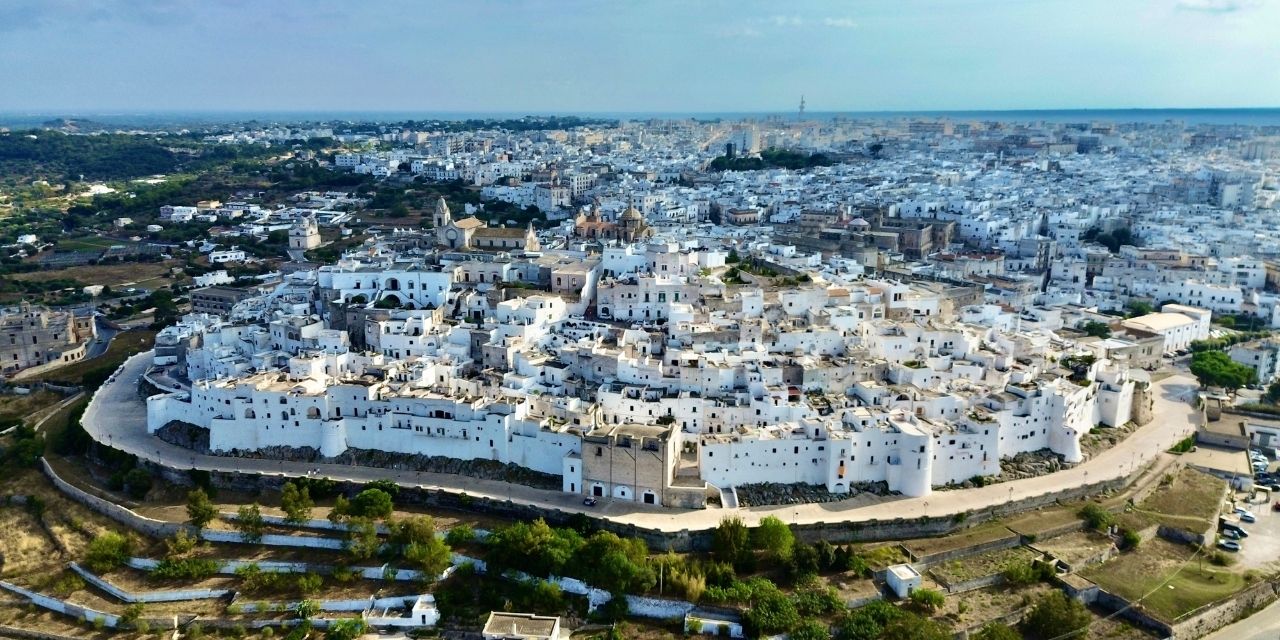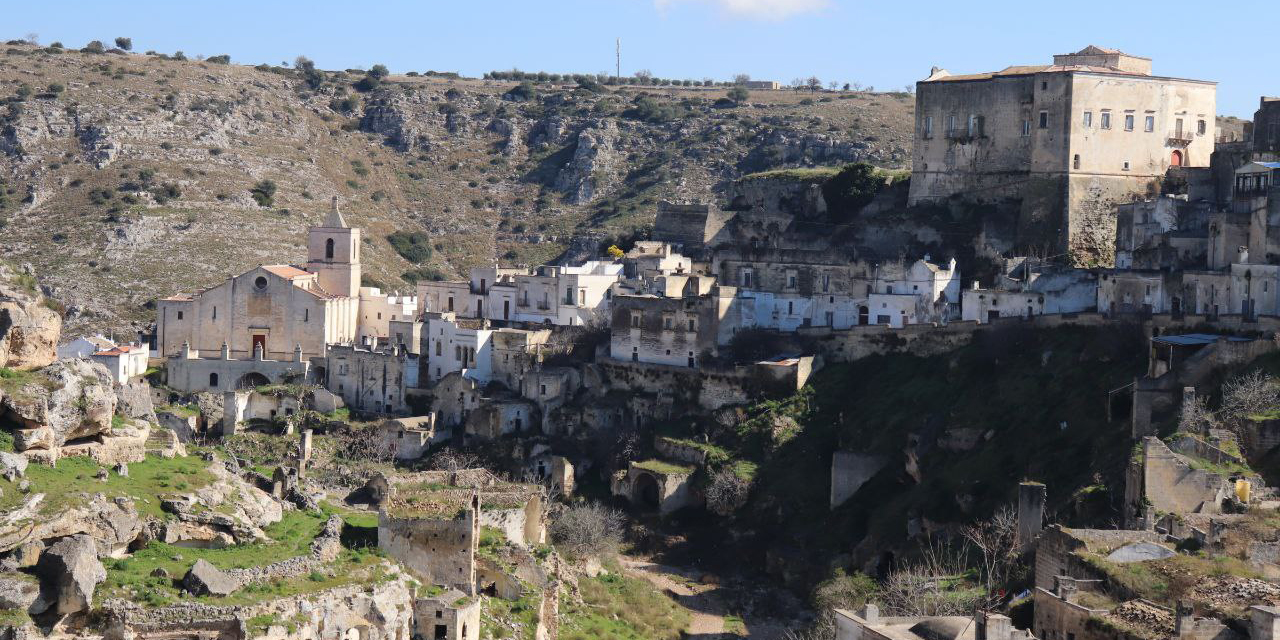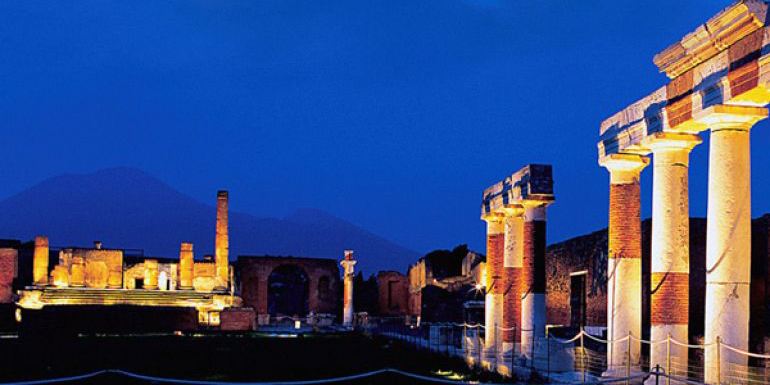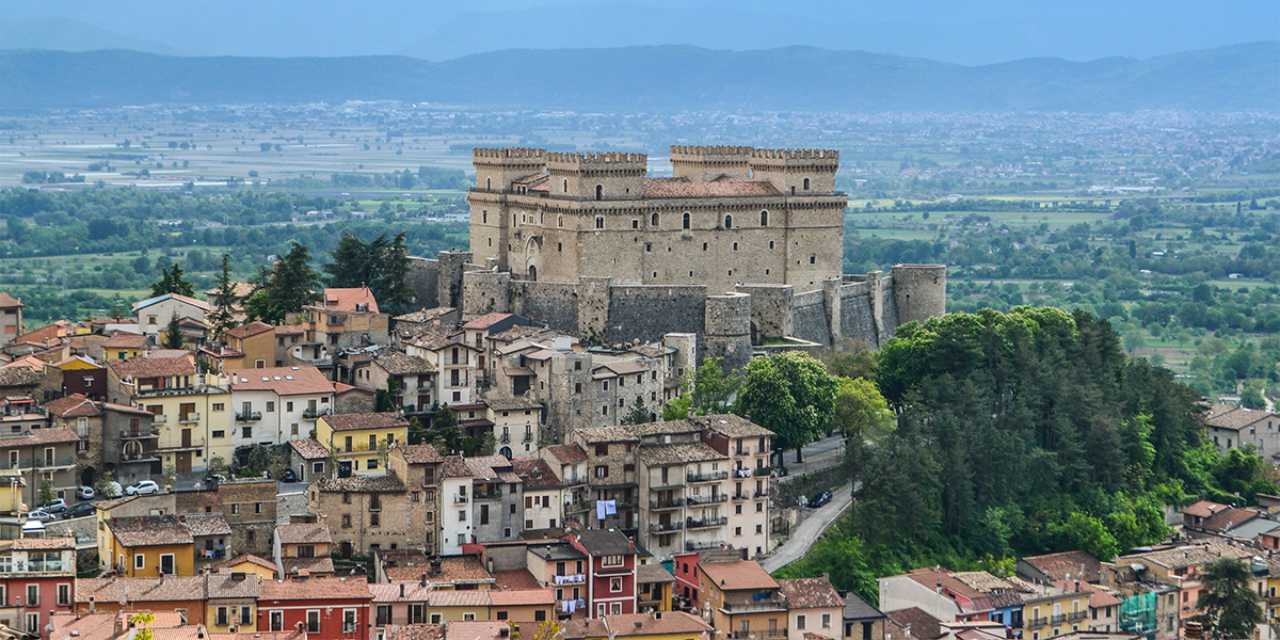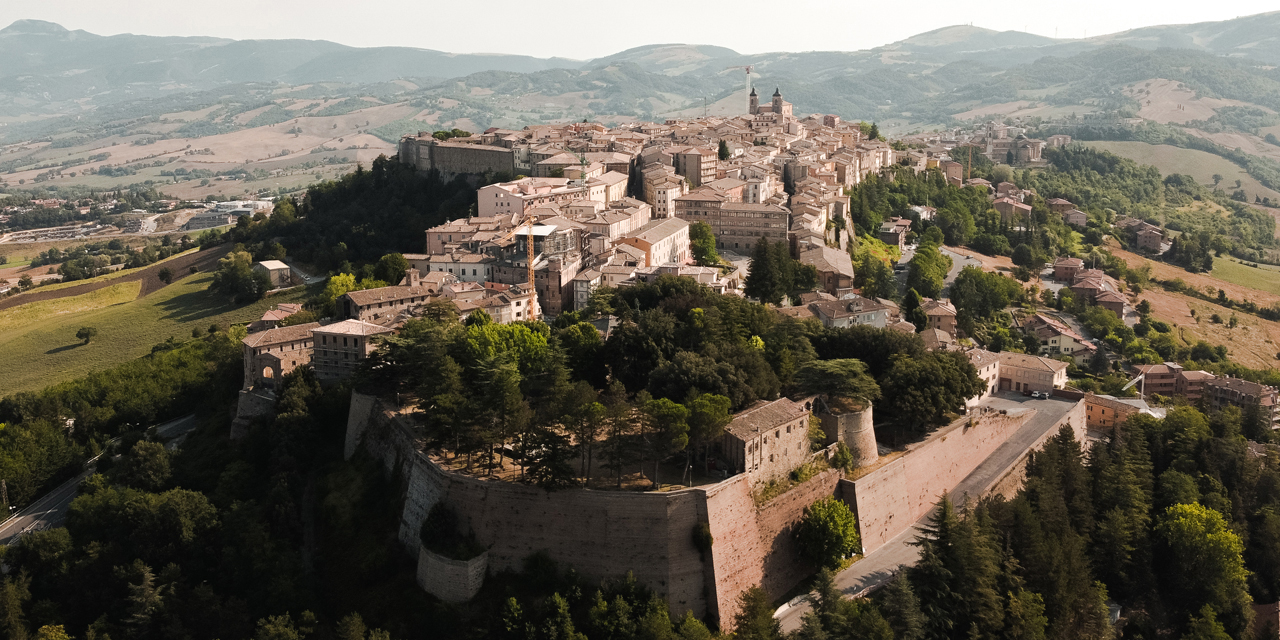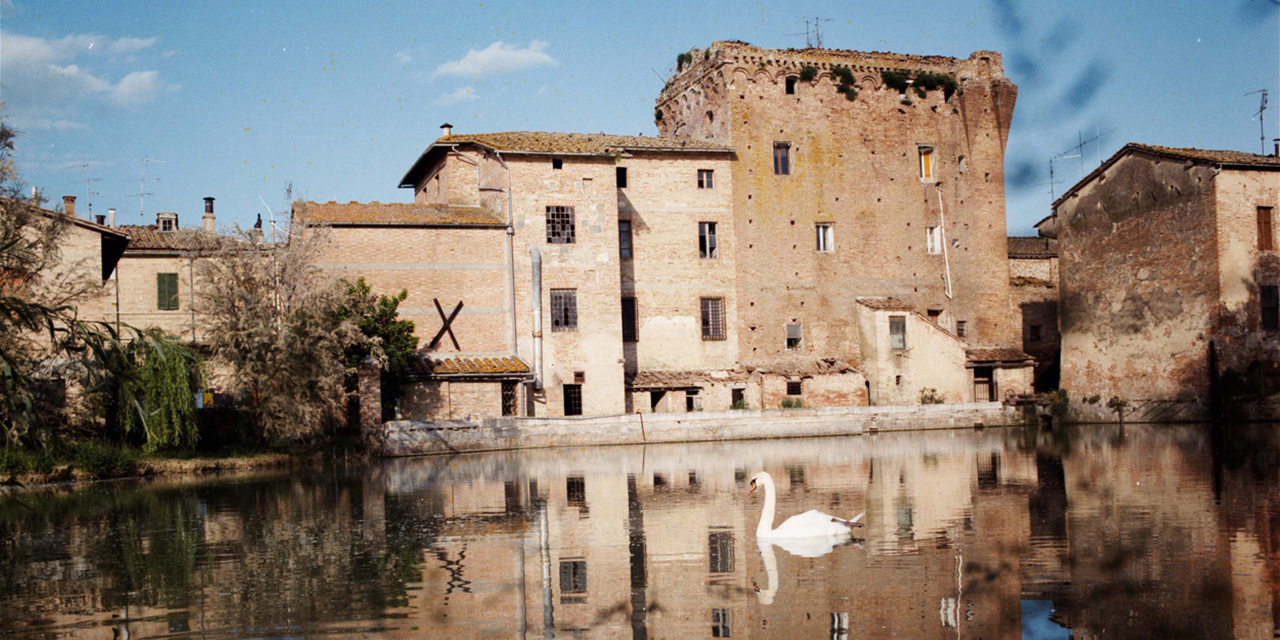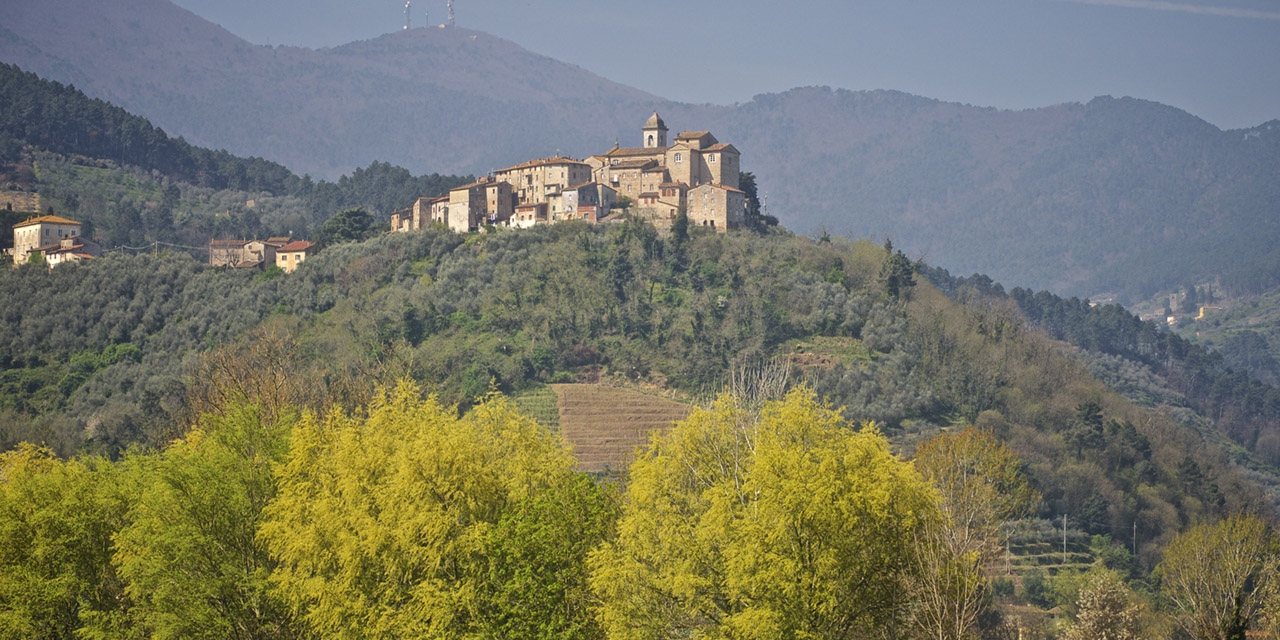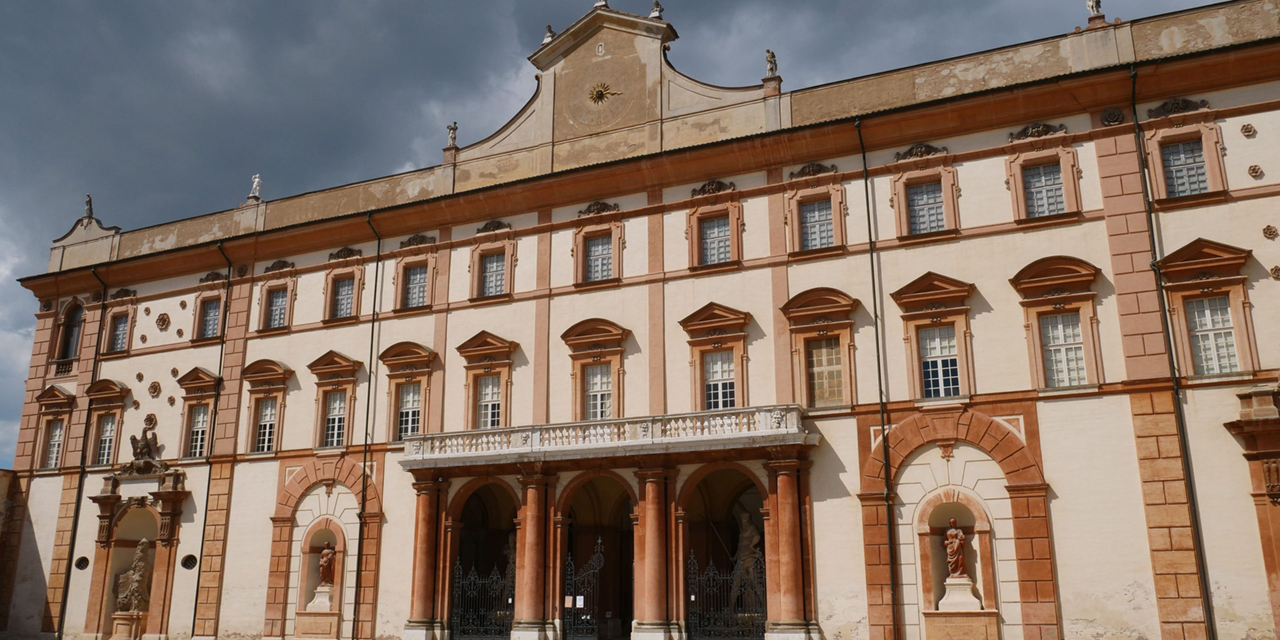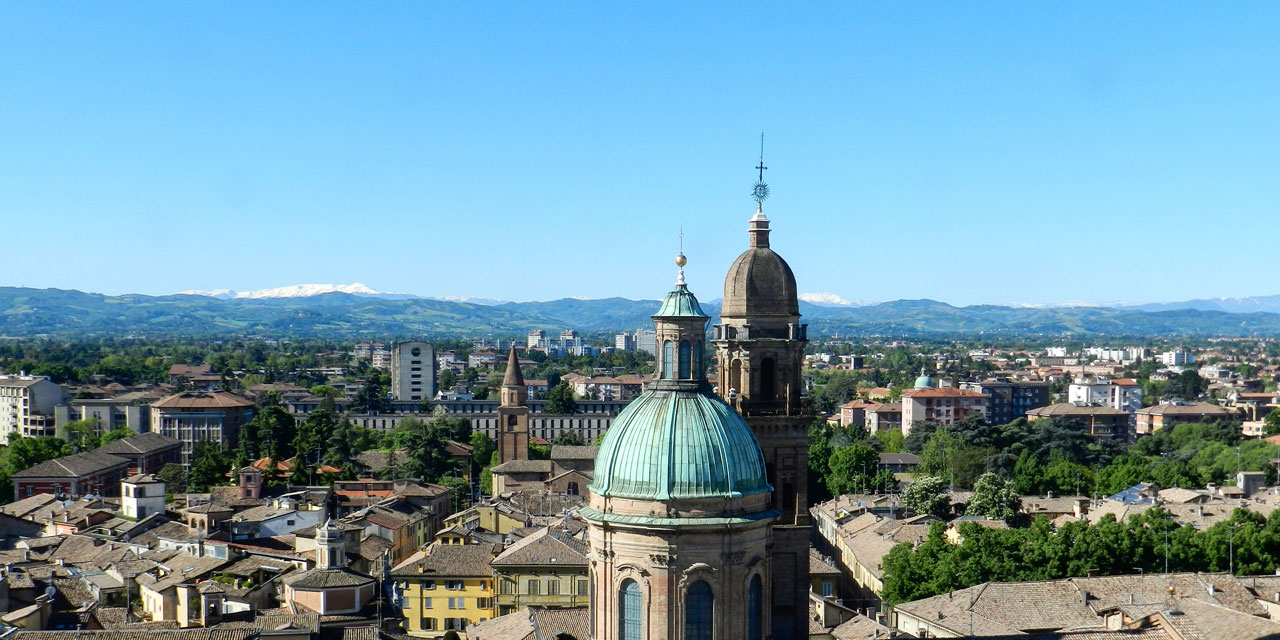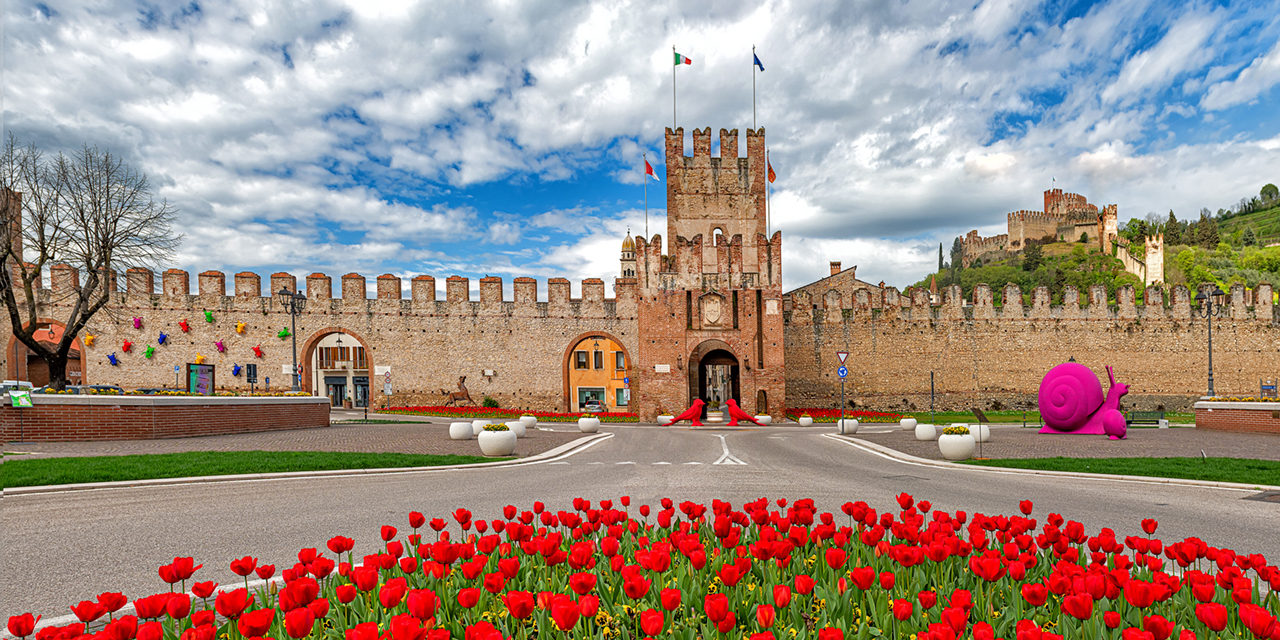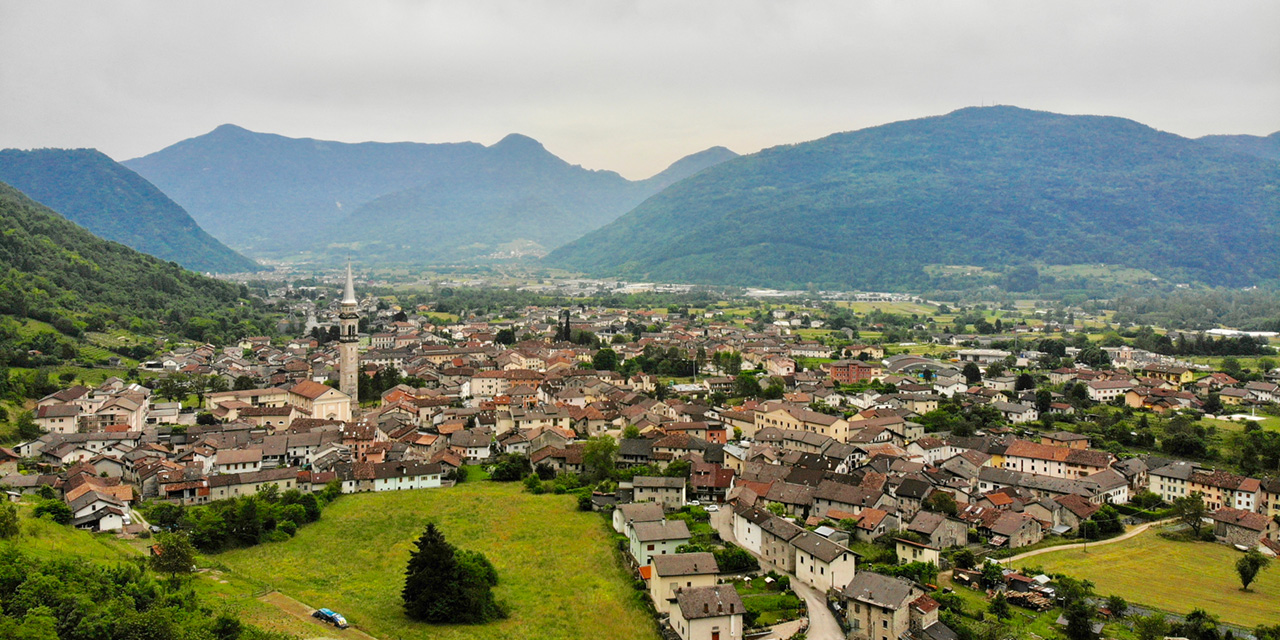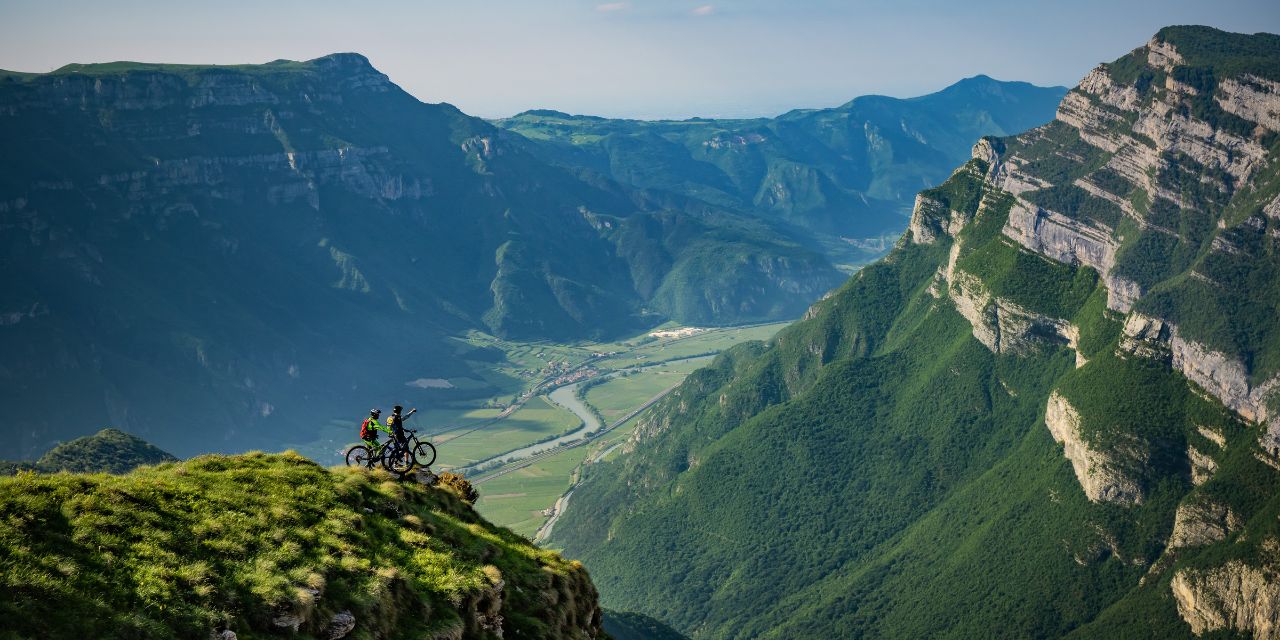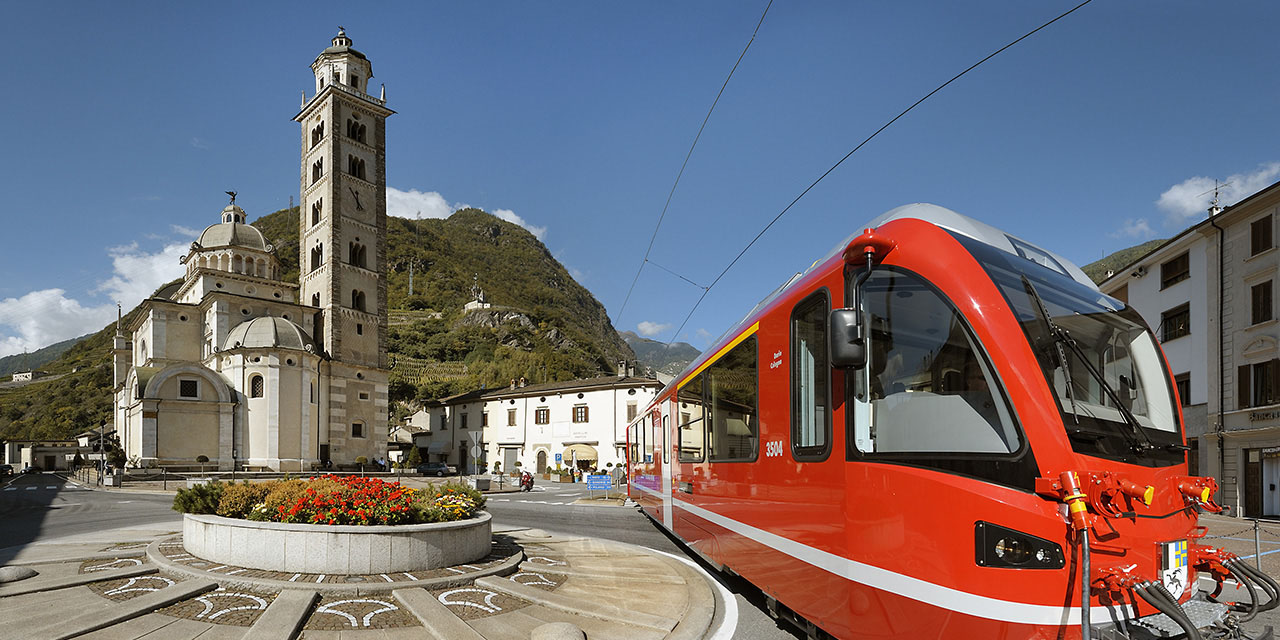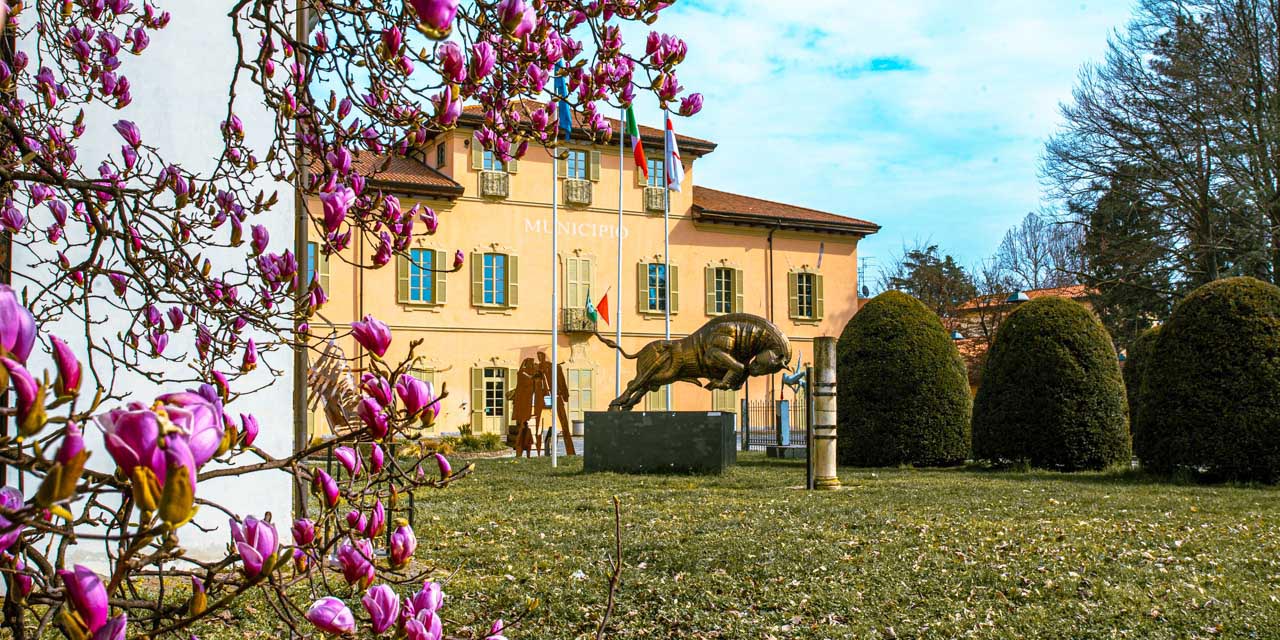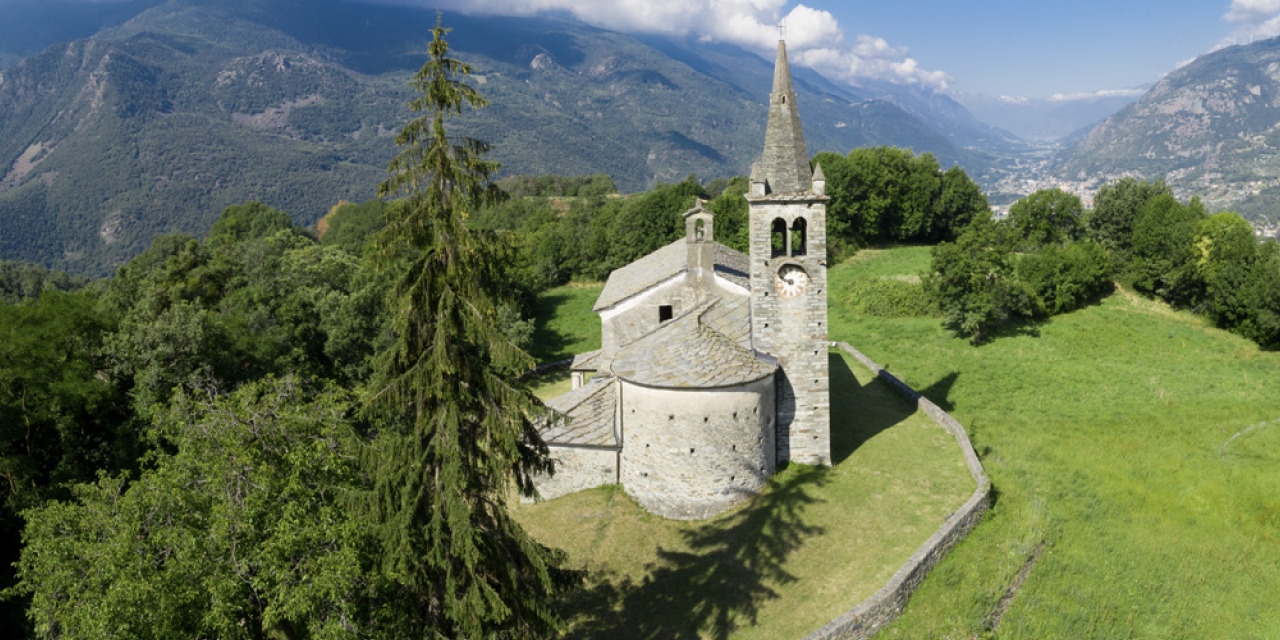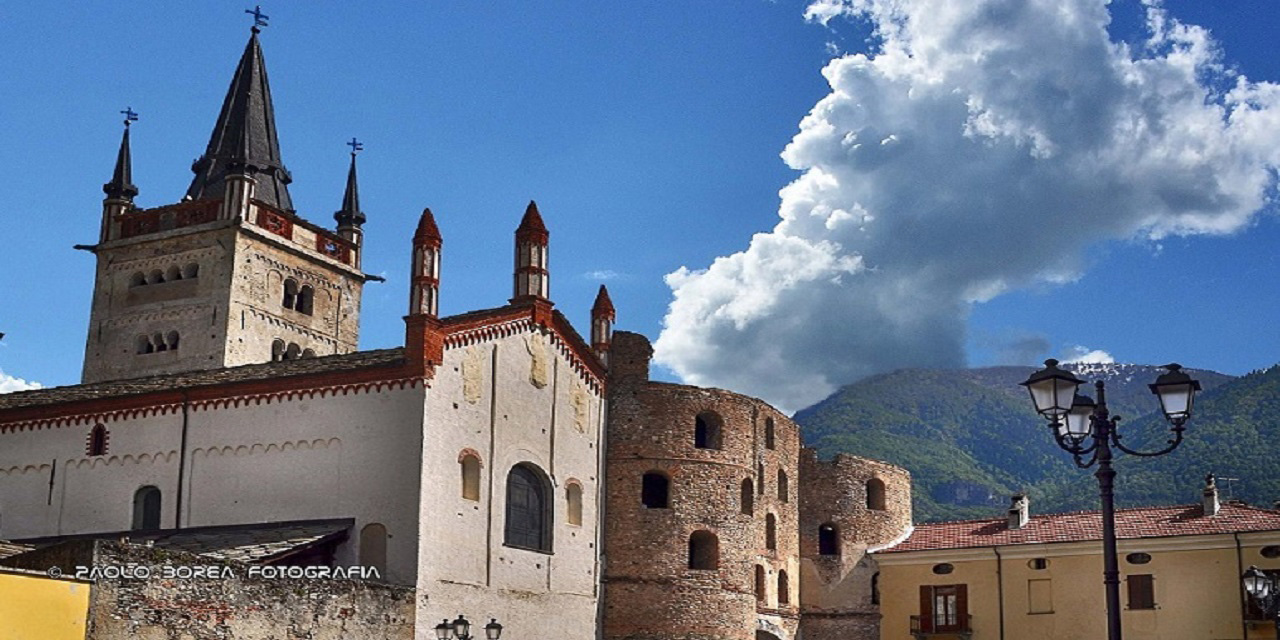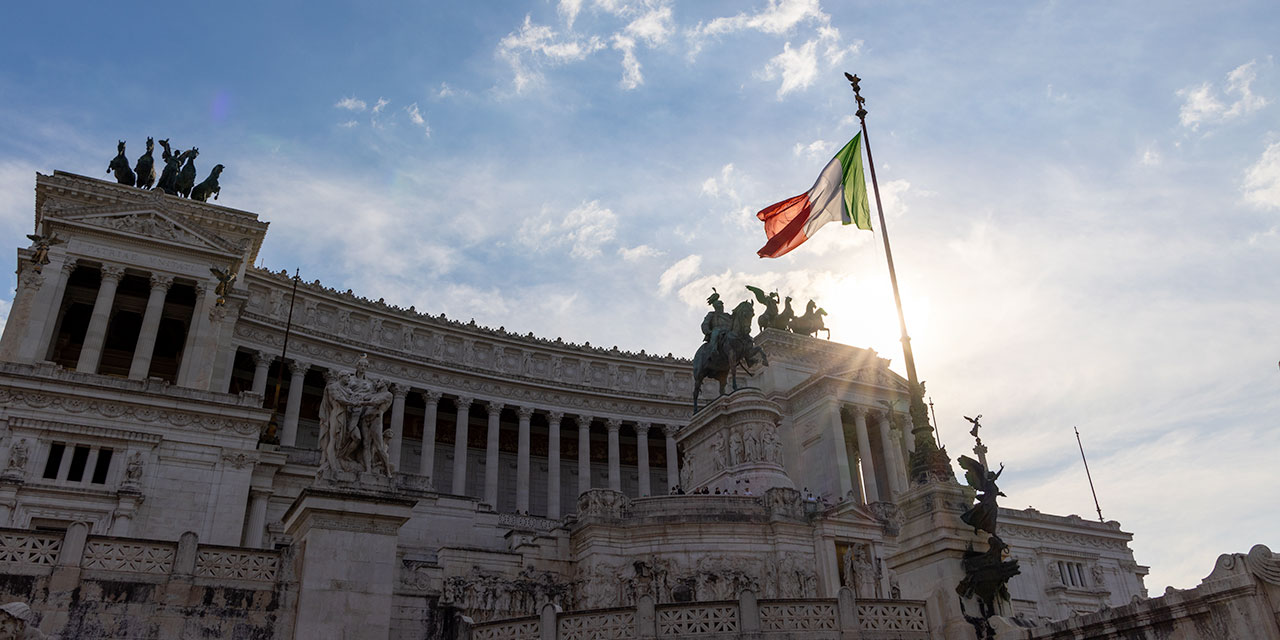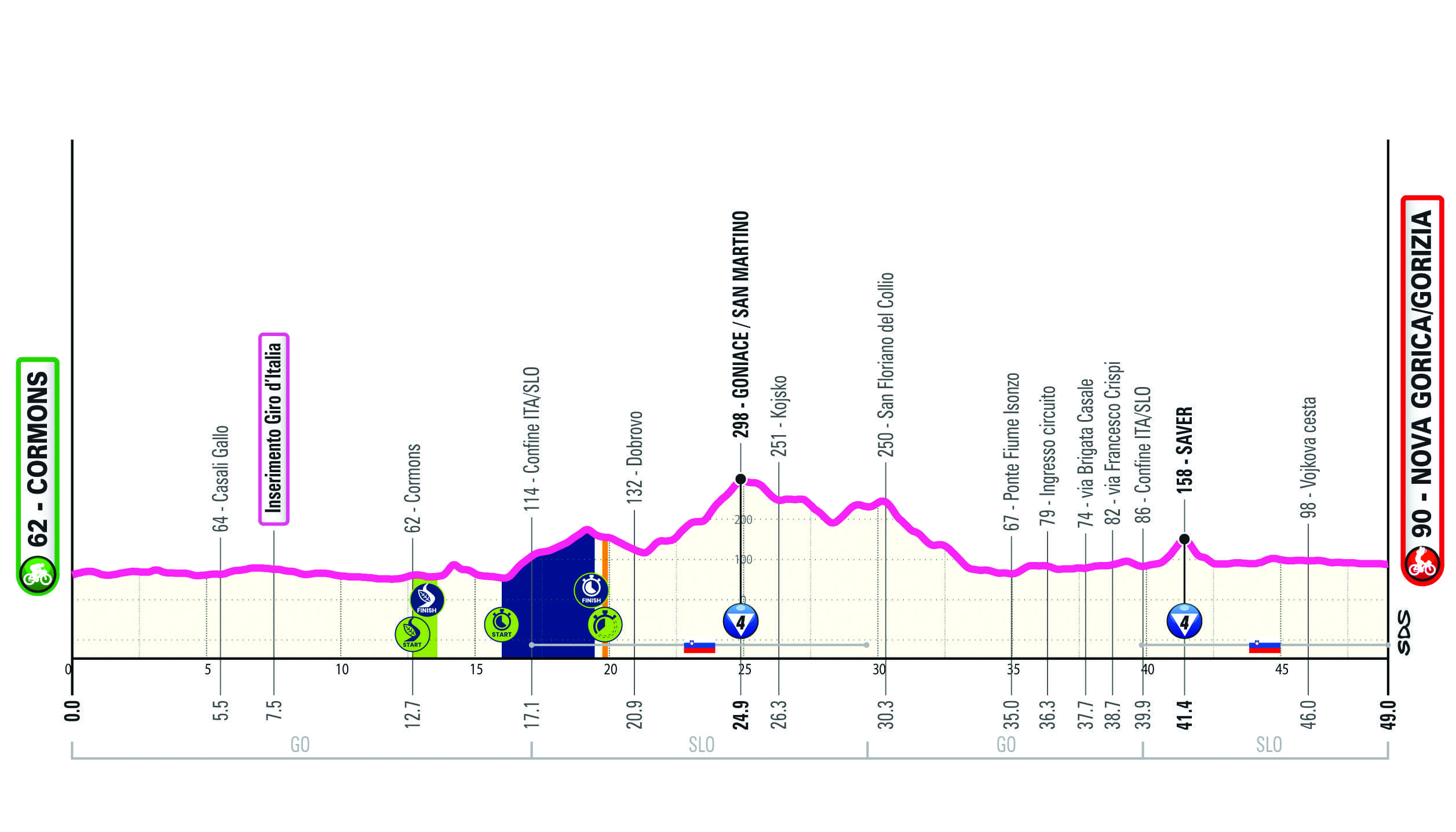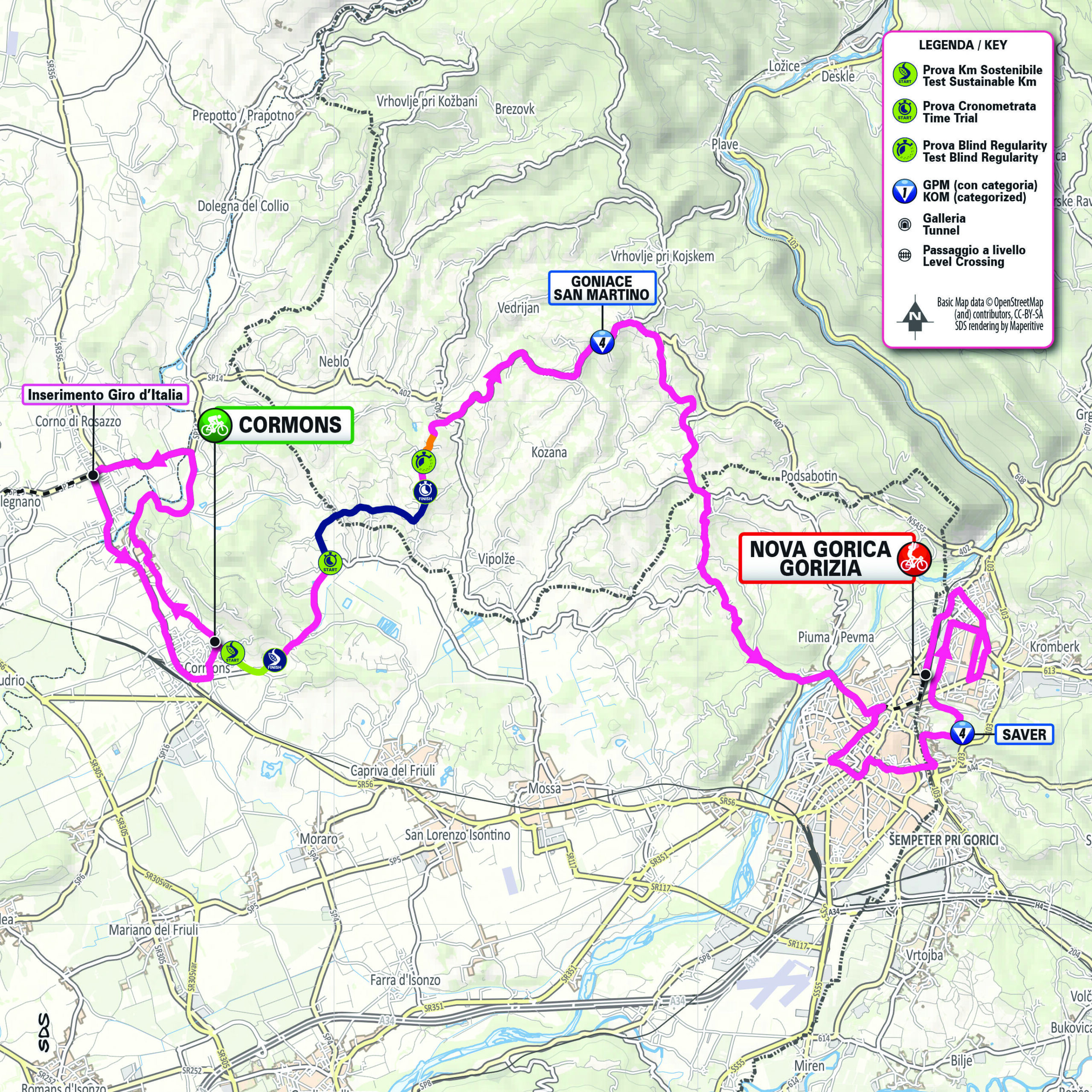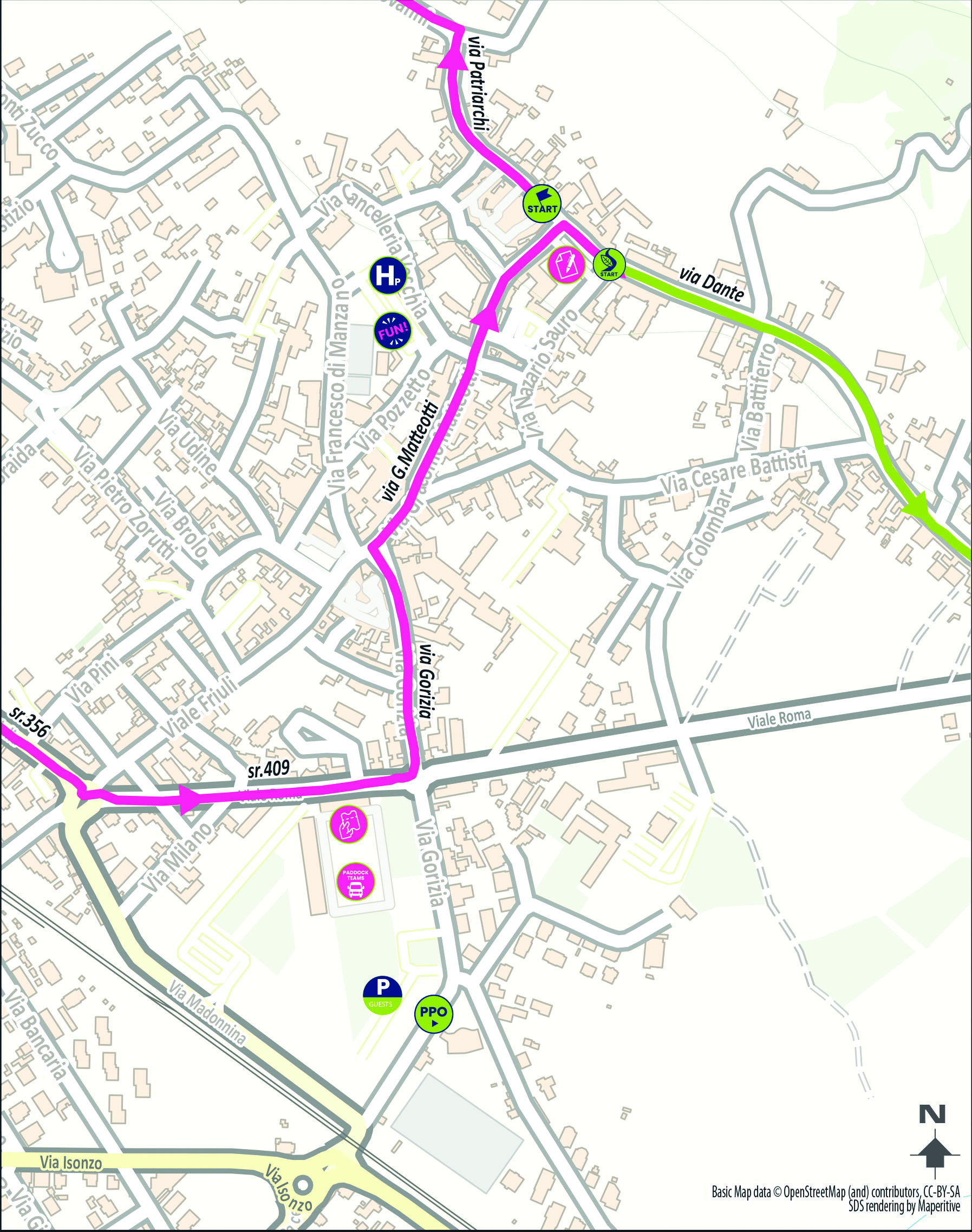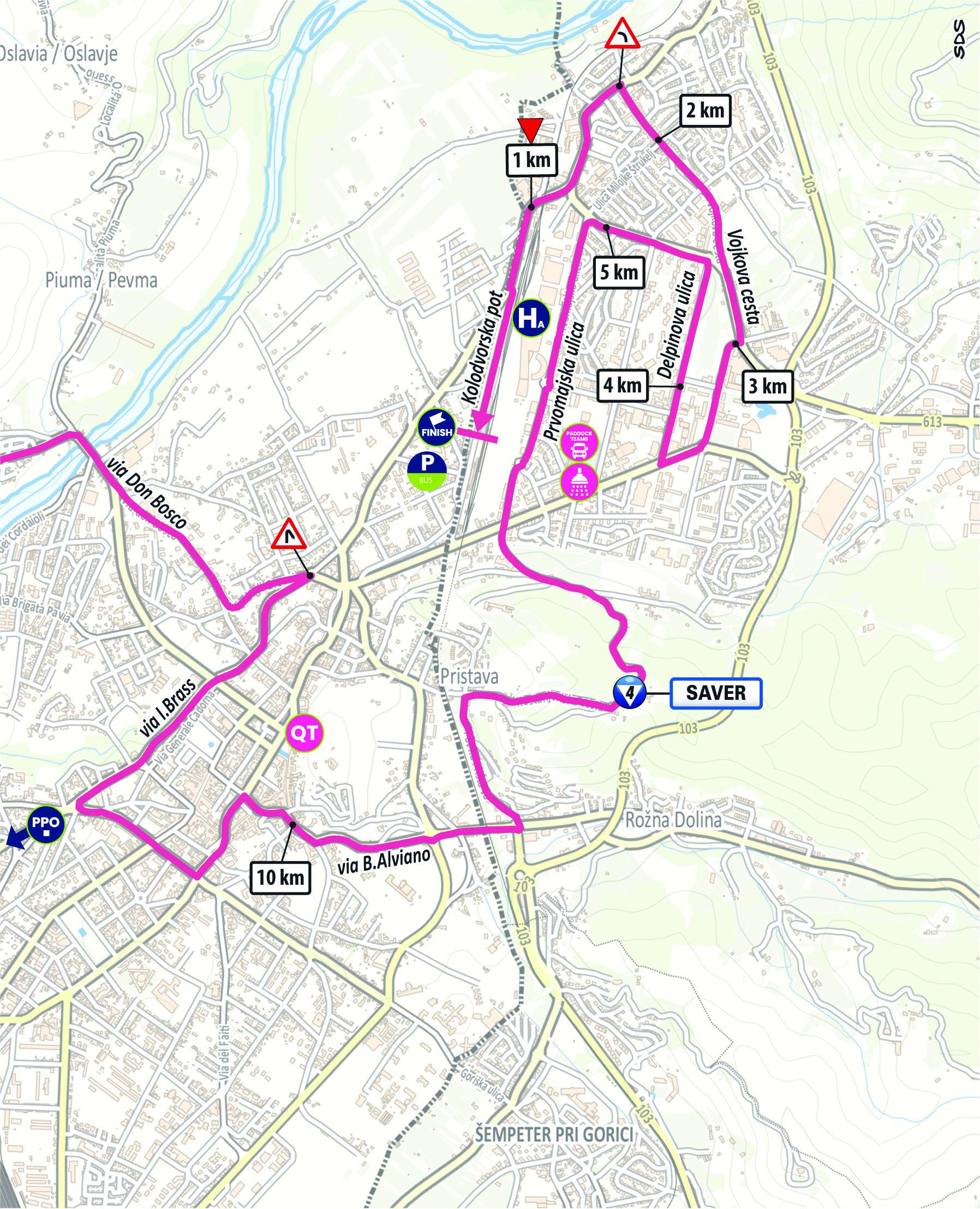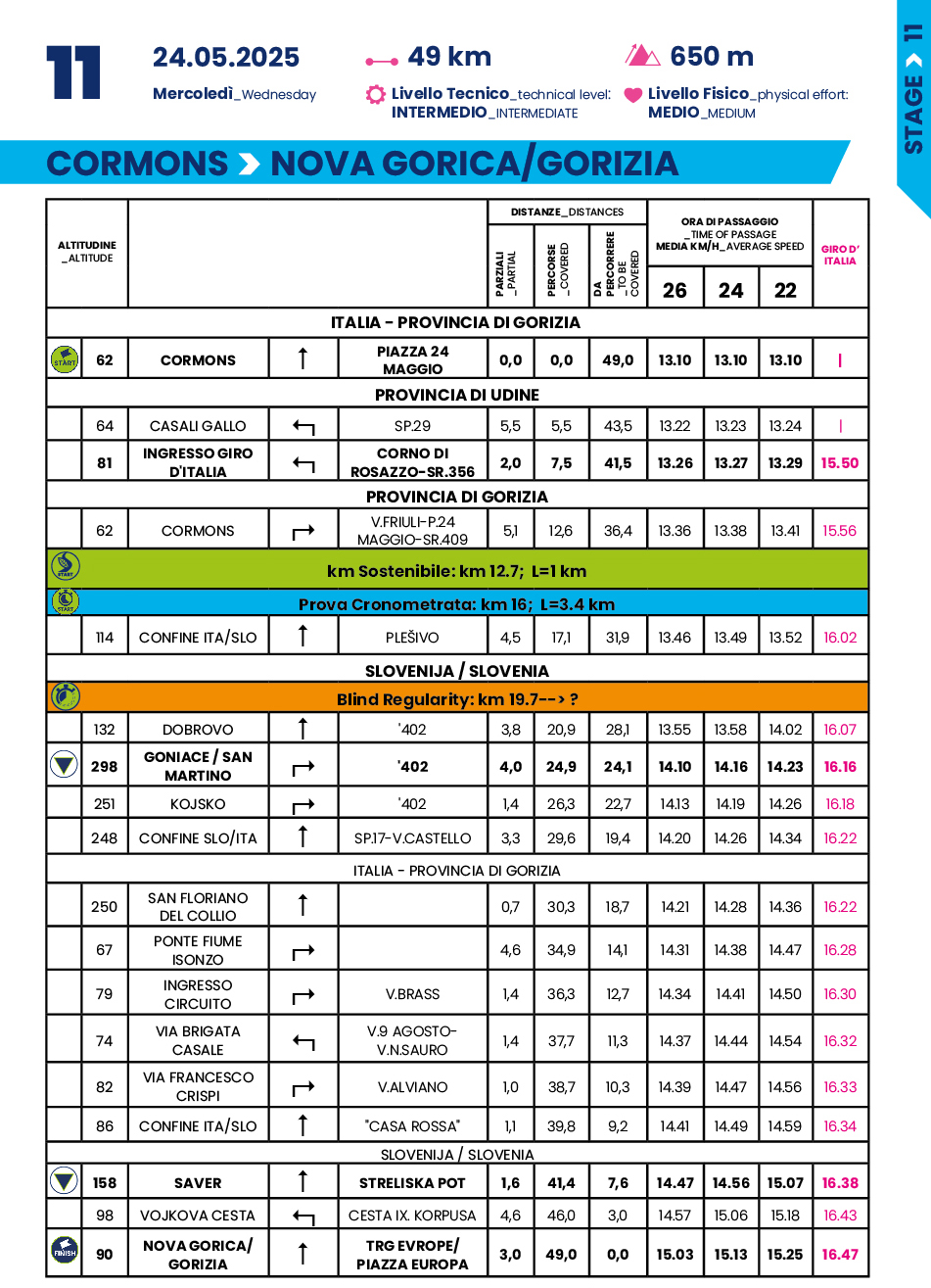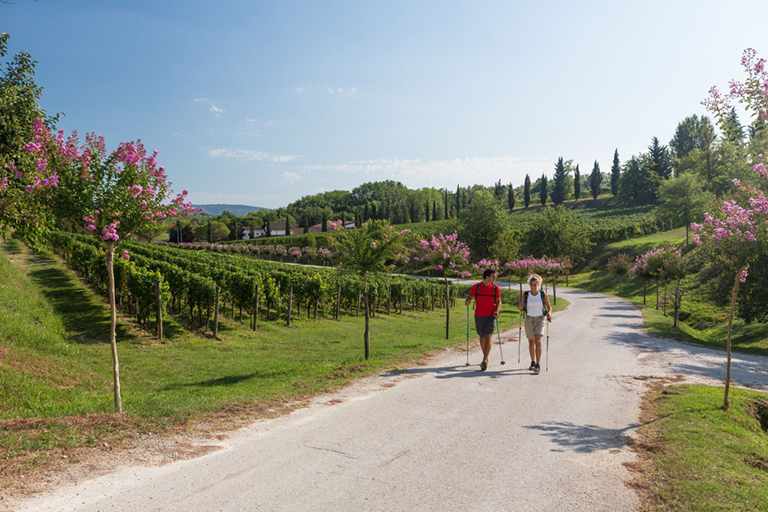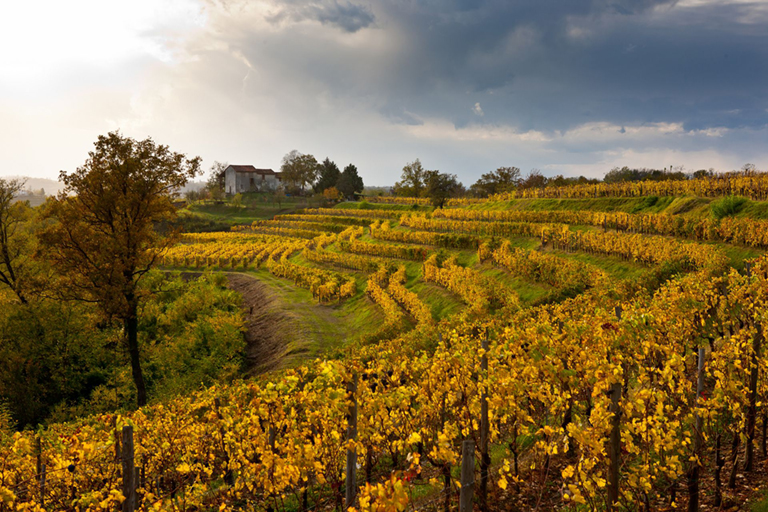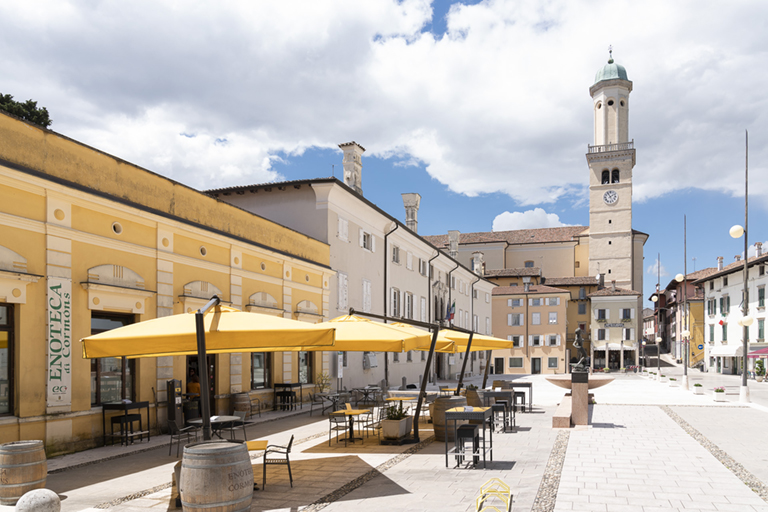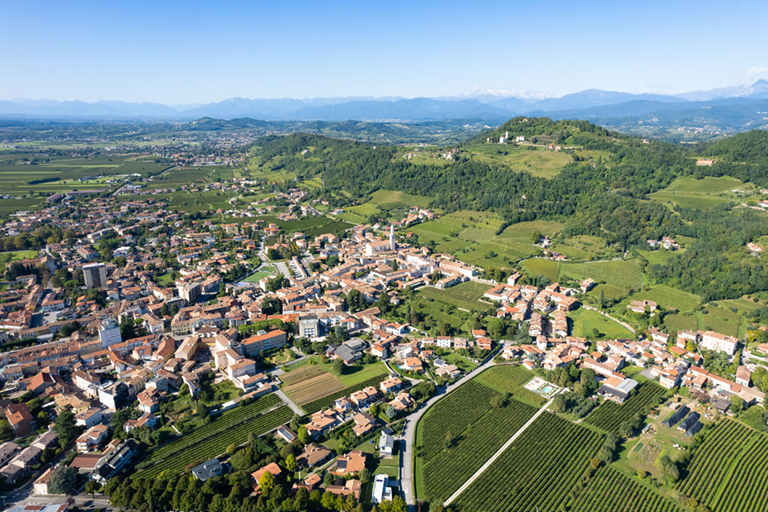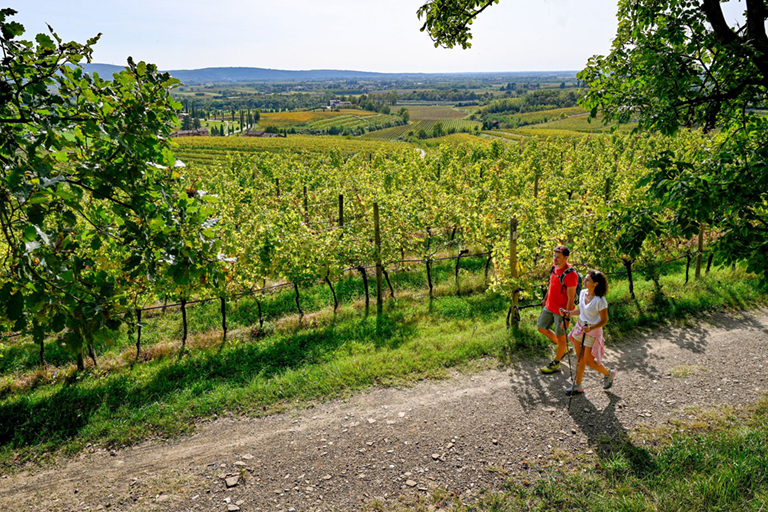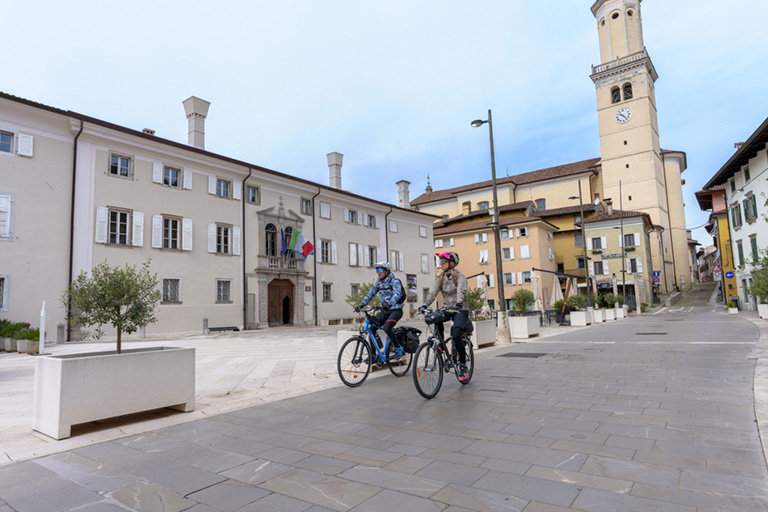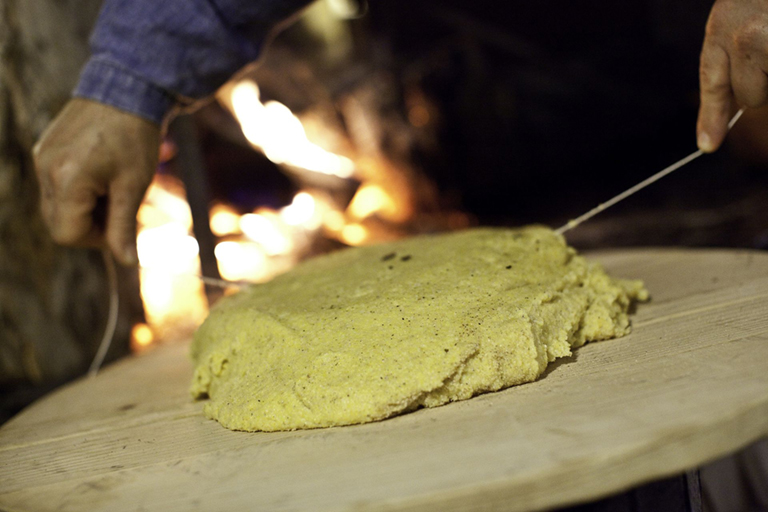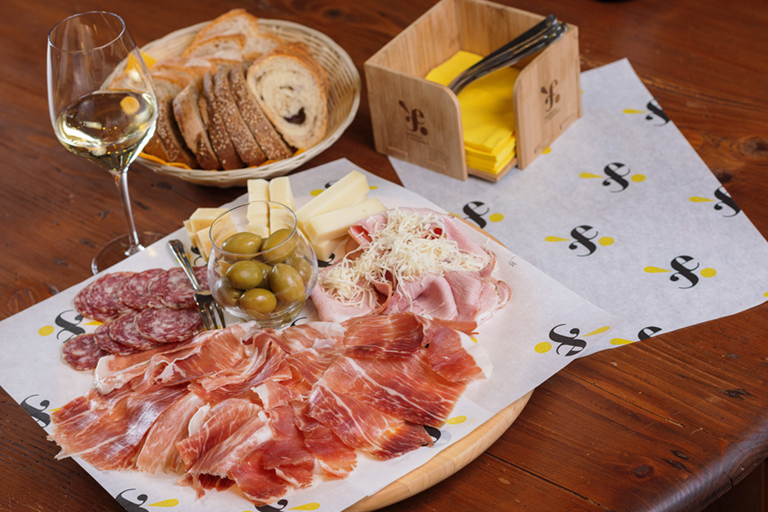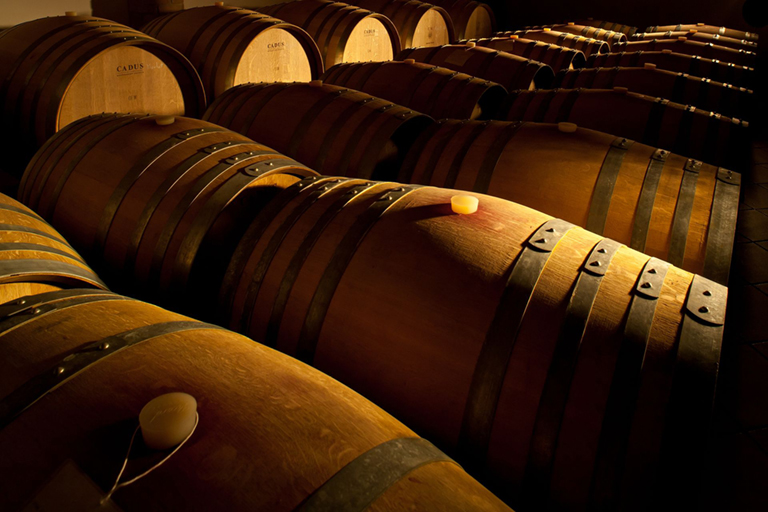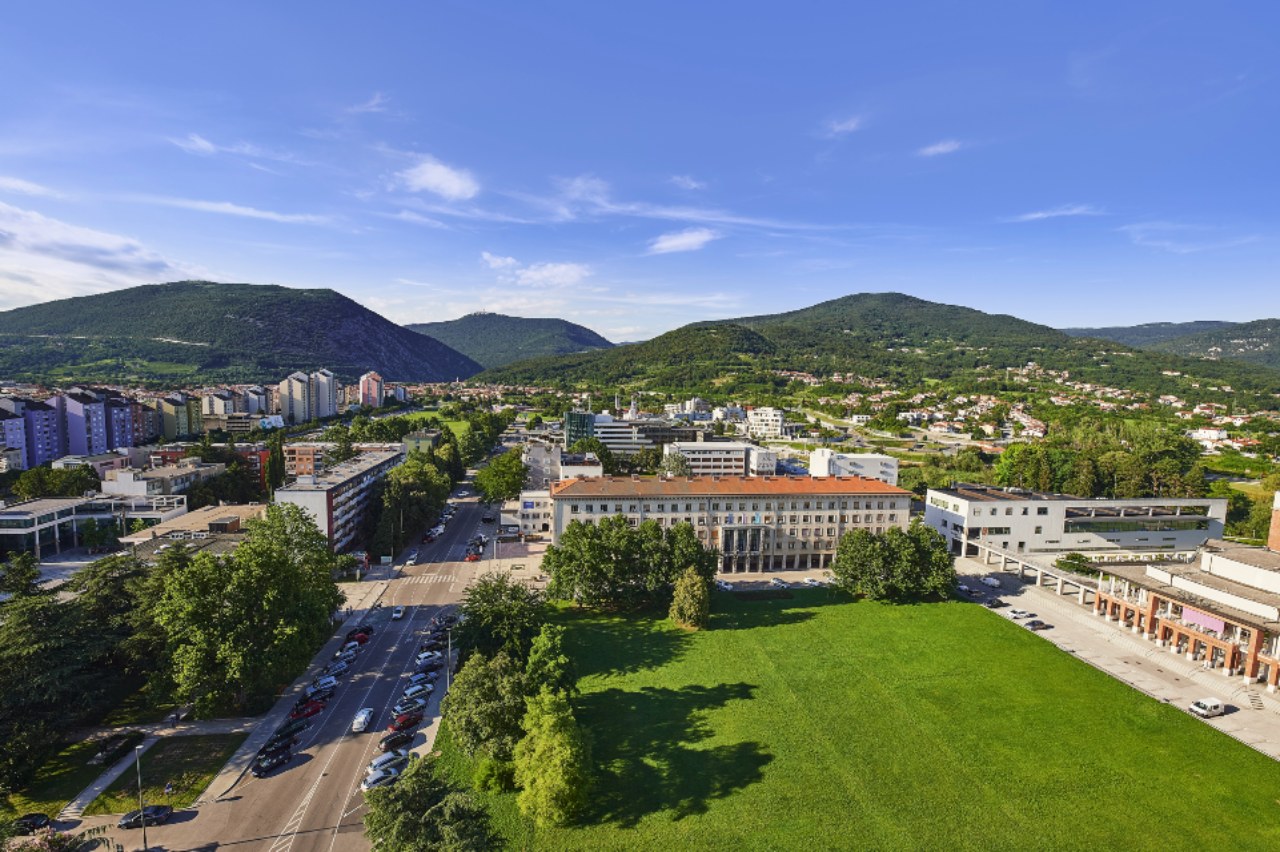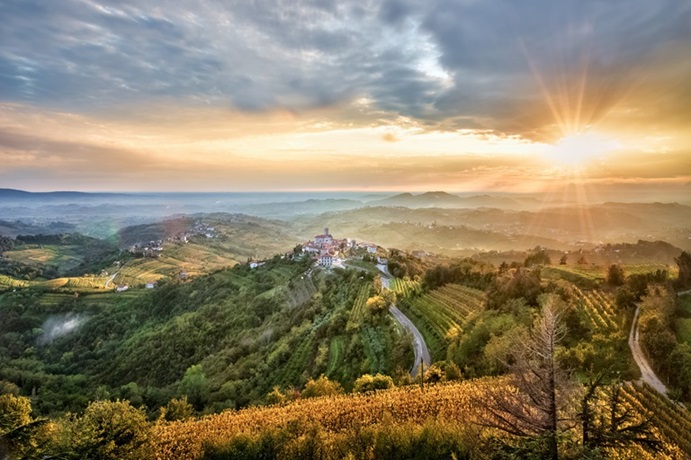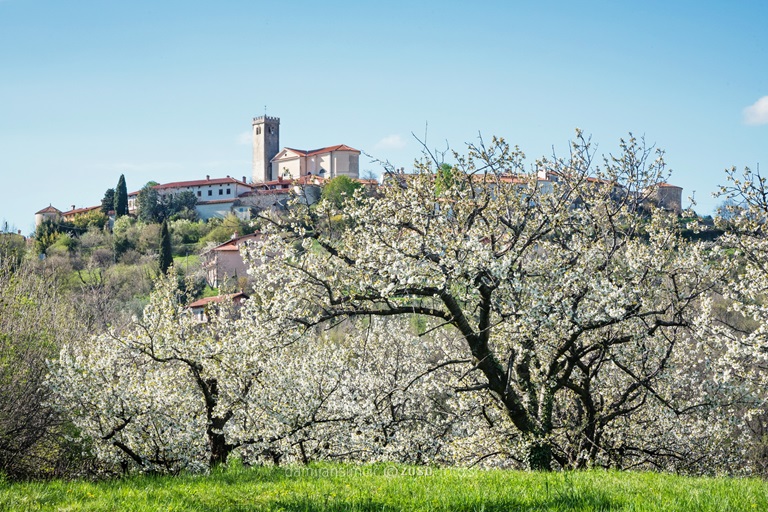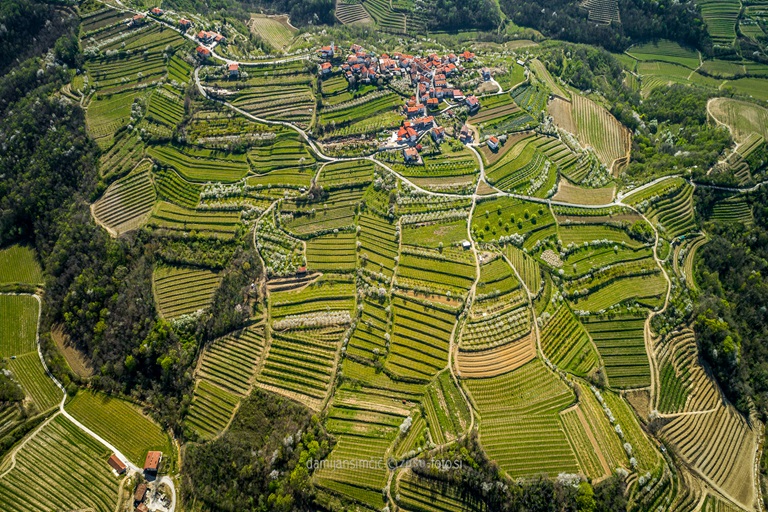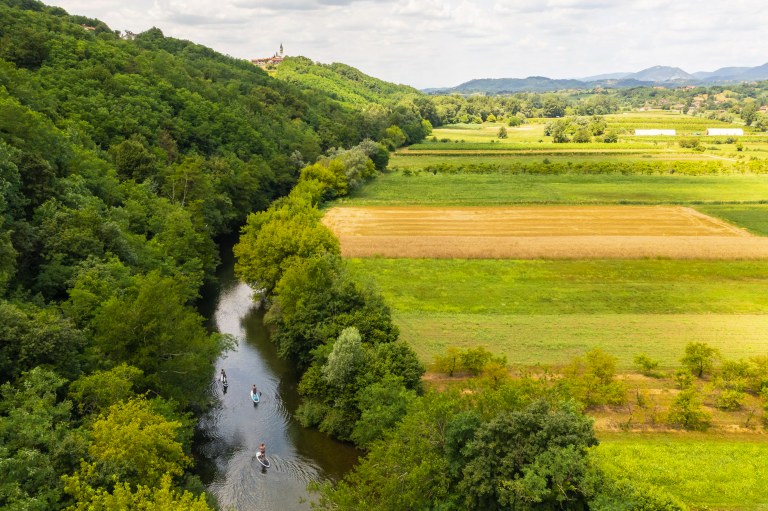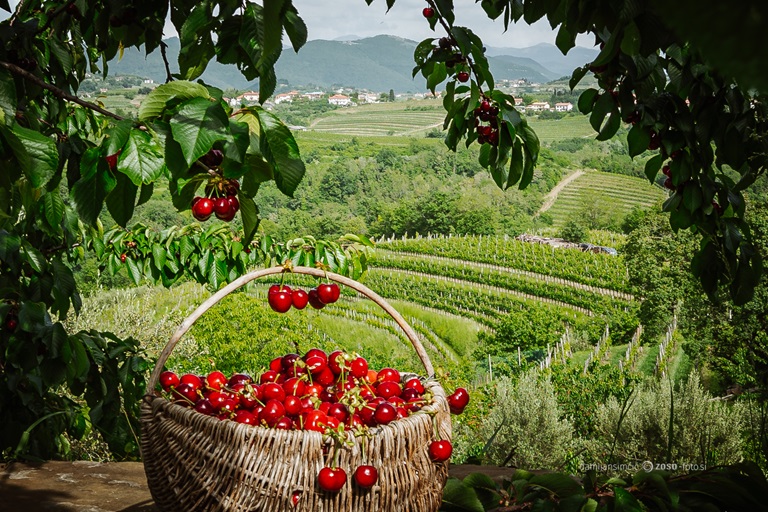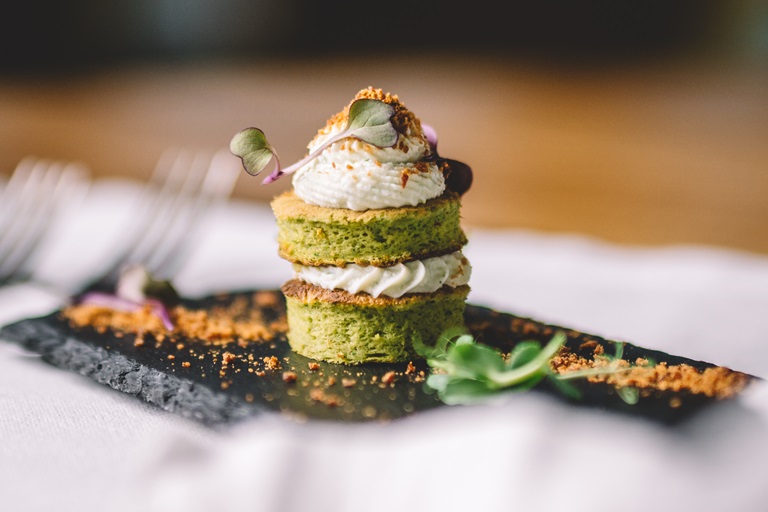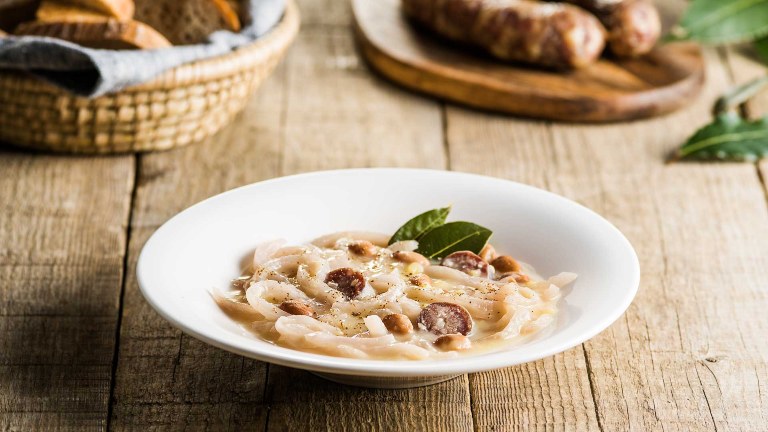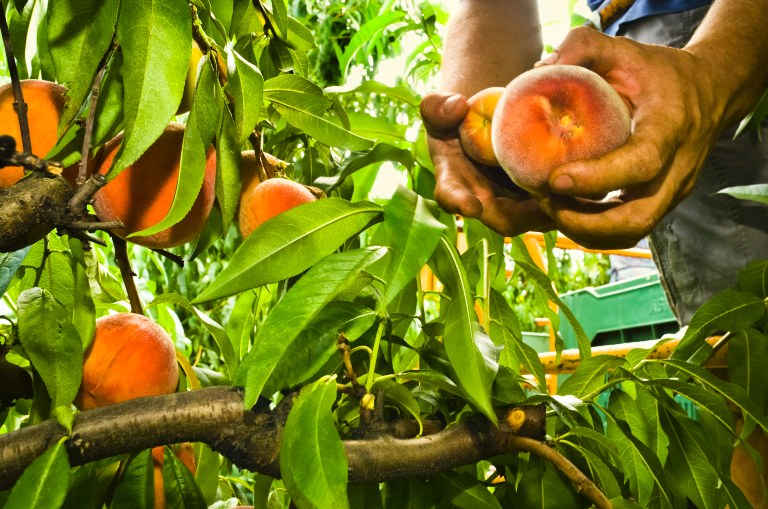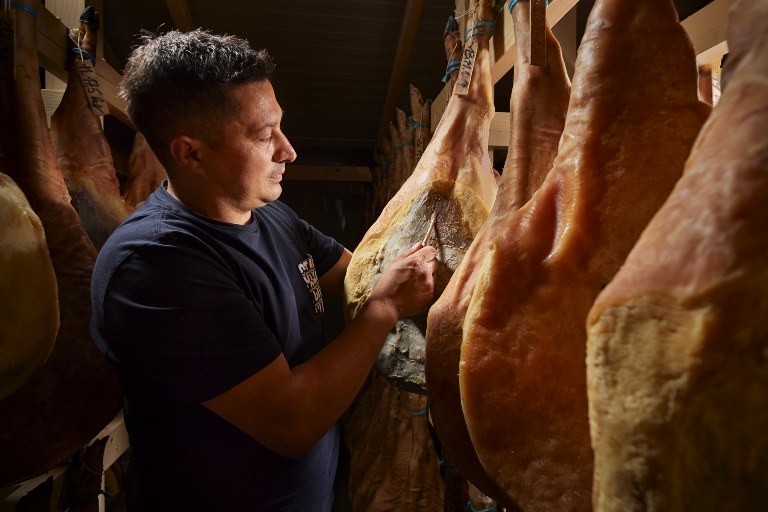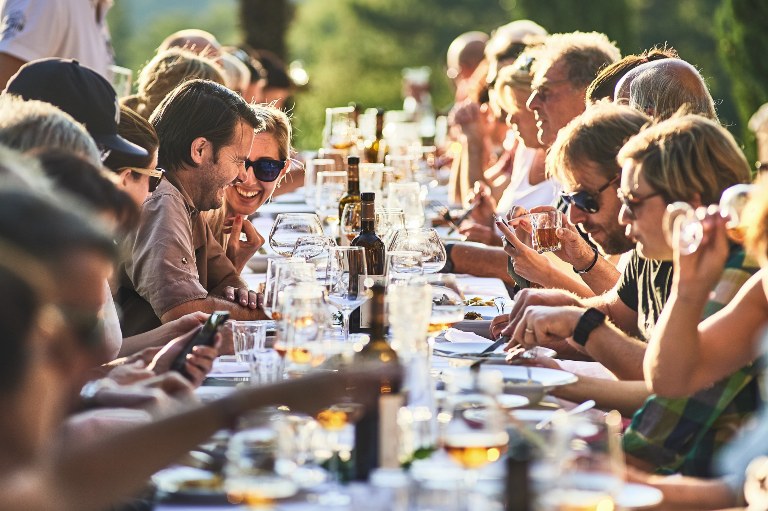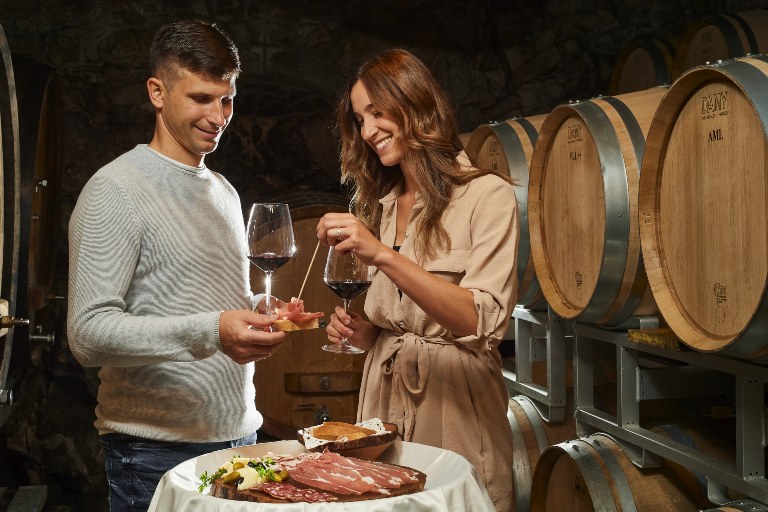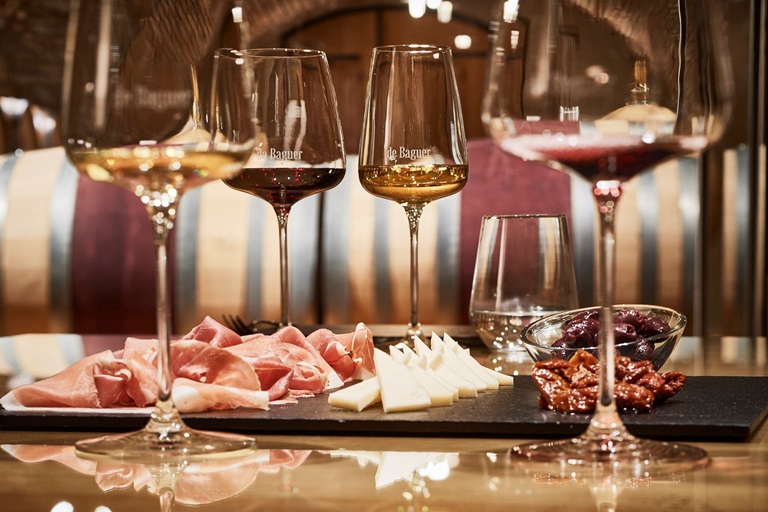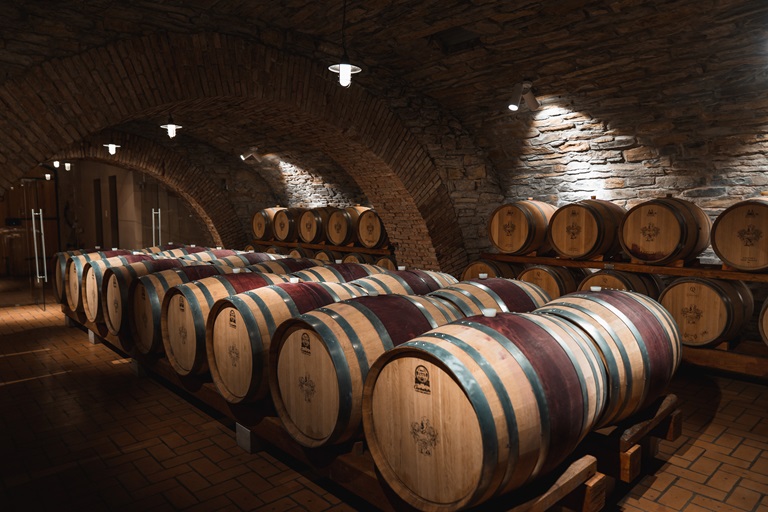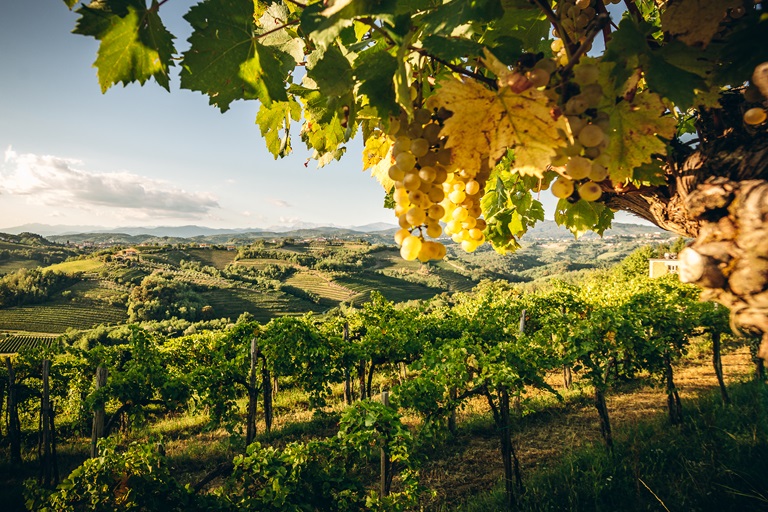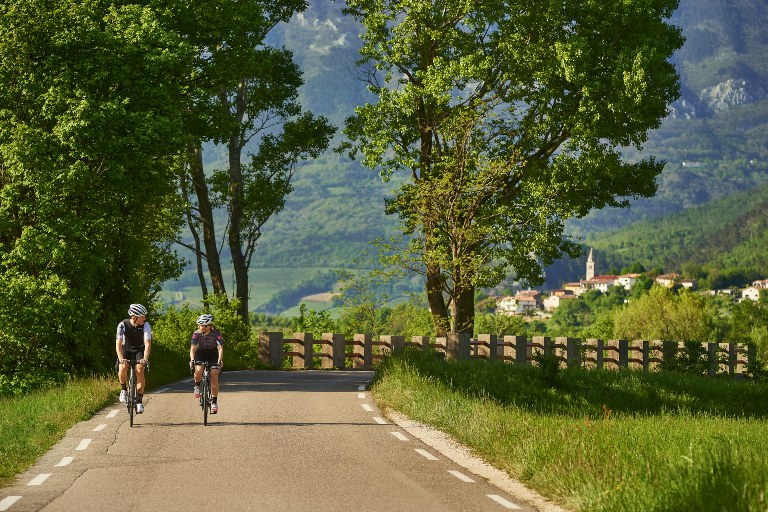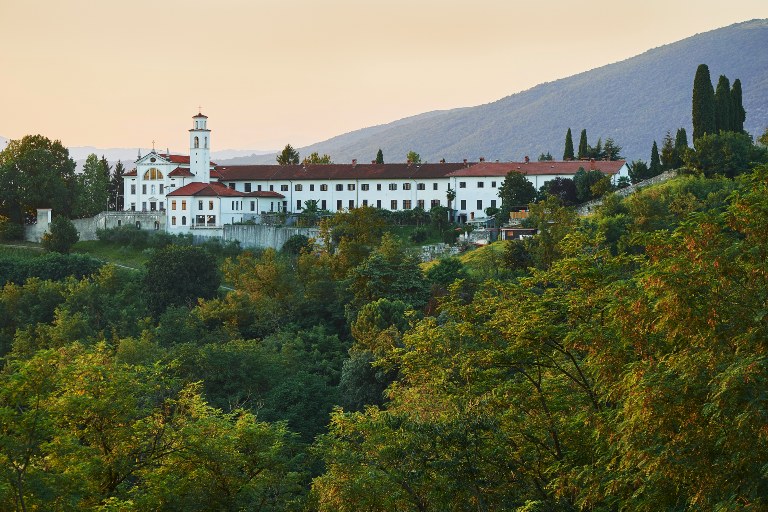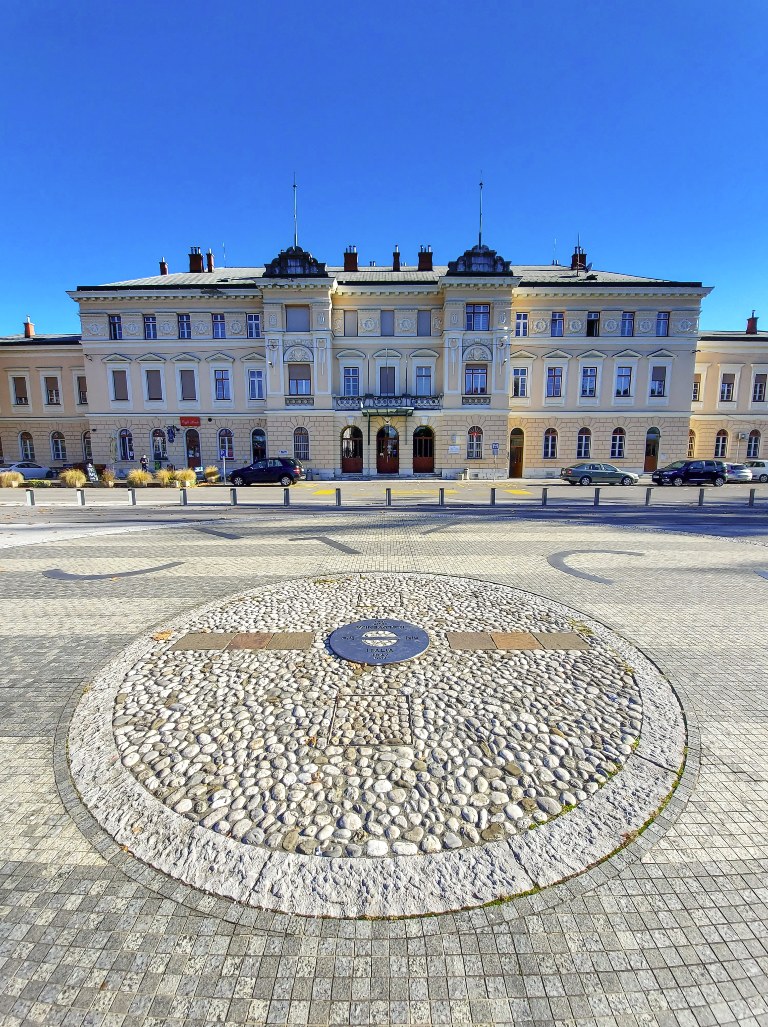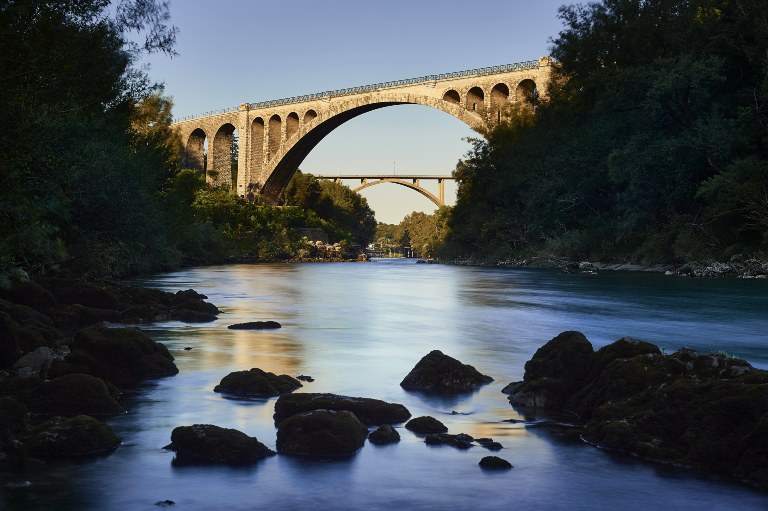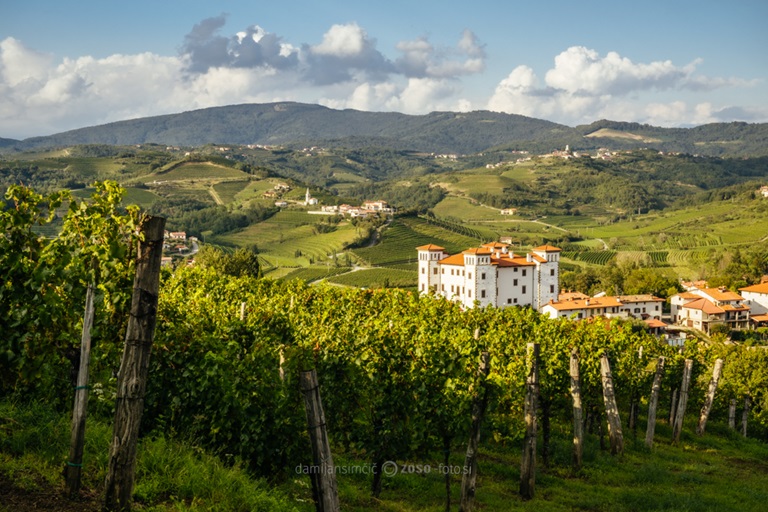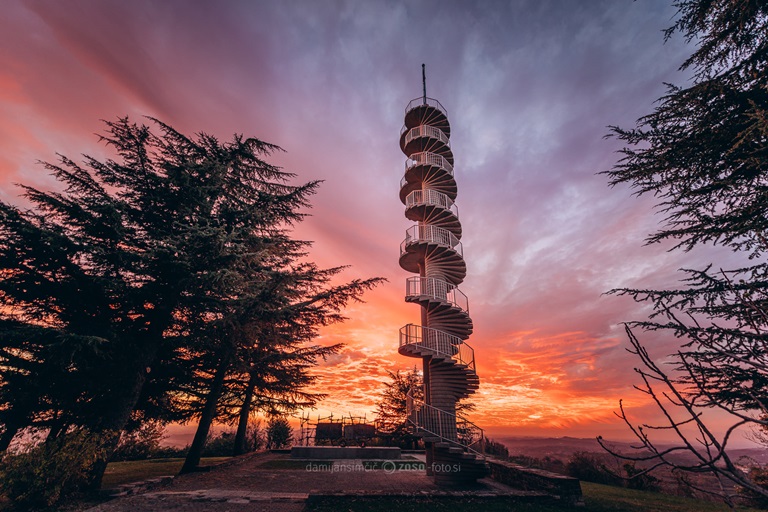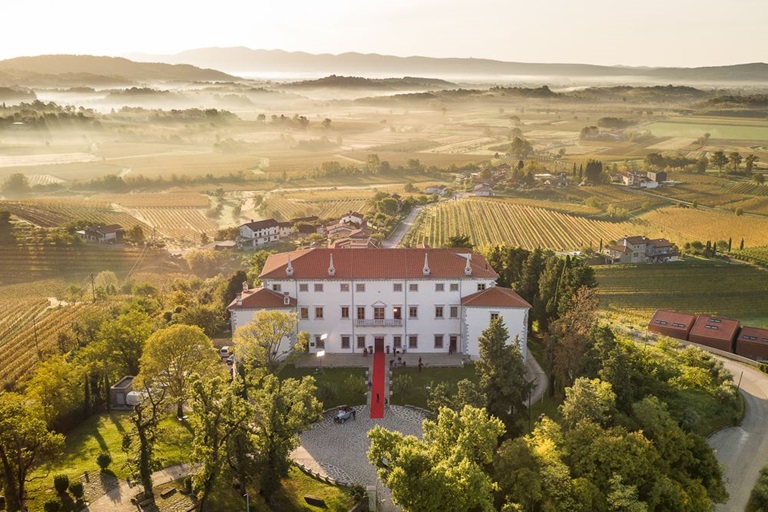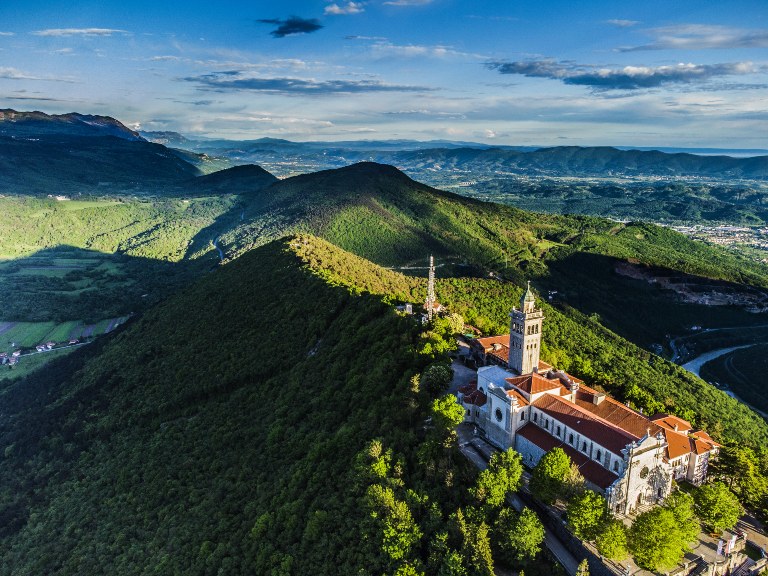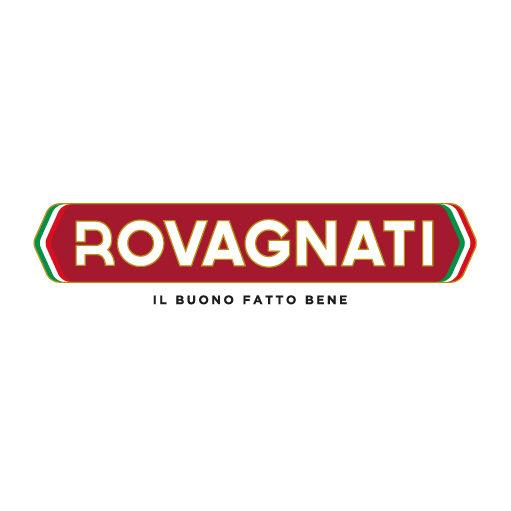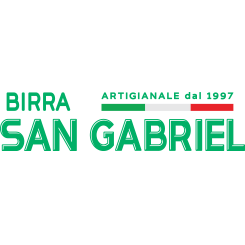
Stage
11
Saturday 24
May 2025
49 km
Altitude gain 650 mt
Technical Level: Intermediate
Physical Effort: Medium

Cormons -
Nova Gorica / Gorizia
Cormons - Nova Gorica / Gorizia
tourist info
Host city:
Cormons
Overview
Cormòns is a town of seven thousand inhabitants located in the heart of Collio (north-eastern Italy), one of the most internationally renowned wine-growing areas, with a Central European charm. It is nestled between rolling hills and rows of vines, and is known for its fine wines and strong food and wine tradition. In its troubled past, Cormòns was contested between the Patriarchs of Aquileia and the Counts of Gorizia, it was involved in clashes with the Republic of Venice, it was occupied, it became a flourishing centre of the Austro-Hungarian Empire and then was the scene of bloody fighting, until it returned to Italy at the end of the First World War. Its city centre, reminiscent of these past events, encompasses Piazza XXIV Maggio and Piazza Libertà, meeting places with cafés, wine bars, the majestic Cathedral of San Adalberto and the statue of Maximilian I of Habsburg. Cormòns is a pearl set in Mount Quarin, with the remains of an ancient medieval castle and a breathtaking view over the Friulian plain to the Adriatic Sea, the Julian Alps, the Collio hills and the Slovenian side of Brda. Because of its many cultural events and traditions, this town is a perfect destination for people seeking an authentic experience between history, nature and unique flavours.
Gastronomy
Cormòns is a paradise for those who love good food. Its gastronomic tradition combines Friulian flavours and Central European influences, celebrated by several high-quality restaurants, inns and taverns. Local typical products include cold cuts, such as the prosciutto dolce (sweet ham) of Cormòns, which is smoked over laurel and cherry wood fires. Cured meats and fine meats are further delicacies offered by local producers. Latteria cheese, organic cheese made with raw milk from Italian Red Pied cows, is also highly appreciated. But to delight the palate there are also plum gnocchi dressed with a drizzle of butter and, optionally, sugar and cinnamon. Not to mention special desserts like the typical Easter cake from Gorizia, the gubana, a puff pastry wrap filled with dried fruit, candied citrus fruits and spices, or the pinza, a soft, round sponge with three characteristic cuts on the surface, the most popular Easter treat in Venezia Giulia, which includes the provinces of Trieste and Gorizia. It is made with simple ingredients – flour, sugar, butter, eggs, honey and flavourings – but its preparation requires time and patience, as the leavening process can last up to 36 hours. One of the jewels in the crown of the area is the Rosa di Gorizia, a kind of red radicchio resembling a blooming rose. Cultivated since the time of the Habsburgs, it has a bright red colour and an intense and slightly bitter flavour. Its production, in the municipality of Gorizia, is limited and labour-intensive, which is why it is protected by the Slow Food organisation. The harvest takes place after the first frosts of November, when the leaves turn from green to red, forming the tender heart that makes this radicchio unique and precious.
Wine and beverage
Cormòns and its surroundings have a unique microclimate, with strong winds and significant temperature variations, which blends perfectly with the ponca, the typical terrain of Collio, ideal for growing vines. Over 1,600 hectares produce some of the world’s finest white wines, as well as full-bodied, characterful reds. This place is an unmissable stop along the Wine and Flavours Route of Friuli Venezia Giulia, a food and wine itinerary that celebrates local specialities and introduces visitors to the authentic flavours of the region. Historic and modern wineries open their doors to wine tourists, offering them tastings of native and international varieties. Collio was one of the first Italian areas to be recognized a DOC quality assurance label as early as 1968. The region extends from the hills of San Floriano and Oslavia, north of Gorizia, up to Ruttars hills, on the banks of the Judrio, which once marked the border between Italy and Austria. Viticulture in this area has ancient roots dating back to pre-Roman times. The Collio wine production is dominated by white wines, among which Pinot Grigio, Pinot Bianco, Friulano, Sauvignon, Ribolla Gialla and the renowned Collio Bianco, a DOC blend that is the symbol of the territory, stand out. Each winery finds its own local expression, enhancing the unique characteristics of the terroir. The Collio Bianco stands out for its yellow colour with golden or copper reflections, its slightly aromatic scent and its dry, lively, fresh and harmonious flavour, which is surprising and immediately recognisable. Among the red wines, on the other hand, Cabernet and Merlot in particular express the strong character of these lands. Worth visiting is the Cantina Produttori Cormòns, which brings together over 120 local winemakers and represents a virtuous model of collaboration that enhances tradition and the territory. This winery is also responsible of a unique project in the world: the Vigna del Mondo (world vineyard), a vineyard that collects over 400 varieties of grapes from the five continents. From this extraordinary selection comes the Vino della Pace (wine of Peace), a symbolic wine that is sent every year to Heads of State around the world as a message of peace and brotherhood.
Points of interest
Piazza XXIV Maggio is the heart of Cormòns, the centre of city life. Here the 18th-century Cathedral of St. Adalberto stands as an example of sacred architecture that houses valuable works and decorations. Next to the cathedral, Palazzo Locatelli, the town hall, houses the Museo Civico del Territorio (civic museum of the territory), which tells the local history through works of art and finds that bear witness to the city’s past. Also in Piazza XXIV Maggio, there is the Enoteca di Cormòns, the promotional hub of Collio, a regional tourist reference point and the heart and soul of Friulian wine since 1984, endorsing the traditions of our region, one glass at a time! Walking through the streets you also come across Palazzo Neuhaus and Palazzo Tacco-Aita, refined examples of the noble architecture of Cormòns. Piazza Libertà, with the statue of Maximilian I of Habsburg has been redeveloped recently. Here the church of St. Caterina stands, better known as the shrine of Rosa Mystica, from the name of the statue of the Madonna that is venerated there.
A short climb leads to Mount Quarin, where the remains of the Castle of Cormòns stand, once an imposing strategic fortress. Today only ruins remain, but from this dominant position one can enjoy a spectacular view of the Friuli landscape and the surrounding vineyards. Here is also the Chiesa della Beata Vergine del Soccorso (church of the Blessed Virgin of help), a small 17th century chapel with an intimate charm, a place of peace and contemplation which is also the starting point of the third stage of the Cammino Celeste/Iter Aquileiense, from Cormòns to Castelmonte. One of the most significant architectural jewels is Villa Locatelli, a historic residence in the heart of the Angoris Estate dating back to the 18th century. Surrounded by a centuries-old park, this house features unique period details, including an ancient piano that belonged to the Barons Locatelli and a consecrated church from the 18th century, full of charm and spirituality. The nearby hamlet of Brazzano houses the Church of San Giorgio and an important reminder of the First World War, the civil cemetery with an area dedicated to the Austro-Hungarian fallen. Borgnano, at the foot of Santa Fosca hill, is characterised by ancient little churches and charming views. Cormòns is also an ideal destination for nature lovers. The Plessiva Forest Natural Park is perfect for a relaxing walk in the greenery, among centuries-old oaks and chestnut trees. Cycle tourism enthusiasts can explore the route of the Collio Brda Classic, a cross-border cycling race through the hills of the Gorizia Collio and the Slovenian Brda with suggestive landscapes among vineyards and picturesque villages. Russiz Superiore, in the close town of Capriva del Friuli, bears another natural treasure: fossil remains dating back 50 million years. The route starts from the Subida riding school in Cormòns and crosses a forest of chestnut trees, oaks and flowering ash, before opening onto a ridge overlooking the vineyards. Here is a fossil monolith, a unique geological trace that tells the story of an ancient coral reef. Cormòns celebrates its traditions both with food and wine experiences, such as tastings in the cellars or picnics in the vineyards, and with events that liven up the village all year round. In May, the Fieste da Viarte welcomes spring with nature itineraries, live music and tastings of wines and typical dishes of Friulian and Slovenian cuisine. In September, the Provincial Grape Festival celebrates the grape harvest with the traditional parade of floats and a series of folkloristic and gastronomic events. In October, the Jazz & Wine of Peace Festival gathers international artists in Cormòns, offering a unique experience where music meets wine culture in a wonderful mix of art and tradition.
Nova Gorica
Panoramica
Straddling the border between Italy and Slovenia, Nova Gorica is a modern city with a rich cultural and historical heritage. It is a hub for entertainment, known for its lively casinos and access to the scenic wine country of the Collio region. The city also serves as a gateway to outdoor adventures in the surrounding hills and rivers.
Gastronomy
The cuisine of Nova Gorica, along with the culinary traditions of the scenic Vipava Valley and the picturesque Brda region, is a perfect fusion of tradition and authenticity. Characterized by simple yet flavorful dishes made with fresh local ingredients, this gastronomy reflects Slovenian, Italian, and Austro-Hungarian influences, creating a harmonious blend of flavors that tell the story of the region.
Among the most representative dishes are gnocchi di Gorizia, soft and delicate, often served with rich, flavorful sauces, and jota, a traditional hearty soup made with sauerkraut or turnip, potatoes, beans, and pork, perfect for the colder months. Another standout specialty is pršut, an air-dried ham cured using artisanal methods, with an intense yet slightly sweet flavor, often paired with local wines and artisanal salami made from high-quality meats and seasoned with local spices.
A dish that truly embodies the simplicity and richness of the region’s cuisine is polenta bianca con toč, a rustic sauce made with peas and salami, delivering an authentic and comforting taste. Also essential in local dining are frtalje, omelets enriched with wild herbs hand-picked from the fields and forests, showcasing the rural traditions of the region. The area’s deep connection with the land is also evident in the wide variety of seasonal fruits, such as cherries, figs, and peaches, which enhance desserts and are often enjoyed fresh to highlight their natural sweetness.
One of the region’s prized products is the extra virgin olive oil from Brda, known for its fruity yet slightly spicy taste, a hallmark of superior quality that enhances dishes from salads to meats and seafood.
Completing this rich gastronomic landscape is the renowned winemaking tradition of the Vipava Valley and Brda, where both white and red wines of exceptional quality are produced. Indigenous grape varieties such as Zelen and Pinela, known for their freshness and floral notes, as well as structured reds like Merlot and Rebula, perfectly complement local dishes, turning every meal into an unforgettable experience.
Wine and beverage
Rebula (also known as Ribolla Gialla) is the queen of the region’s native white grape varieties, appreciated for its freshness, lively acidity, and pronounced minerality, making it a versatile wine with excellent aging potential. Alongside Rebula, the vineyards of Brda and the Vipava Valley produce high-quality international varieties such as Sauvignon Vert, Sauvignon Blanc, and Chardonnay, which develop unique aromas and flavors due to the region’s special microclimate.
Red wines, including Merlot and Cabernet Sauvignon, stand out for their structure, complexity, and aging potential, offering labels that compete with top international productions.
Beyond winemaking, the art of distillation is deeply rooted in Brda, where high-quality grappa and traditional liqueurs infused with aromatic herbs and local fruits encapsulate the authentic flavors of the land.
Among Slovenia’s wine regions, the Vipava Valley is particularly noteworthy for preserving 36 ancient indigenous grape varieties, some of which are rare and highly valued. Notable among them are Zelèn, an aromatic white wine with herbal and citrus notes; Pinela, offering a fresh, slightly fruity profile; and Pikolit, a rare grape often used in the production of sweet and dessert wines.
In recent years, Nova Gorica and Ajdovščina have also emerged as centers for craft beer production, with microbreweries specializing in unfiltered and unpasteurized beers that highlight natural ingredients and innovative brewing techniques. These beers rank among Slovenia’s finest craft products and attract a growing number of enthusiasts.
The region is also known for its high-quality seasonal fruit, particularly peaches, apricots, and cherries, which thrive in the mild climate and mineral-rich soil. These fruits not only enhance local cuisine but also serve as the base for excellent natural juices, free of additives and appreciated for their pure, authentic taste.
Points of interest
Situated along the Italian-Slovenian border, Nova Gorica is a dynamic city and an ideal departure point for exploring the region’s cultural and natural heritage. Some of its main attractions include the Monastery of Kostanjevica, which houses the tomb of the last French king, Charles X; the Solkan Bridge, renowned for having the world’s largest stone arch; and Mount Sabotin, a former battlefield now transformed into a Peace Park, where visitors can explore World War I trenches and enjoy breathtaking views over the Soča Valley.
The surrounding area, including the Vipava Valley, Brda (Collio), and the Karst Plateau, is famous for its extraordinary natural beauty, historical significance, and gastronomic excellence. The Vipava Valley, often described as a “Paradise on Earth,” is a dream destination for those seeking stunning landscapes and authentic traditions, while Brda (Collio), with its vineyards and orchards, offers a romantic setting and top-tier enology. Festivals and events dedicated to wine and local products, such as the Wine Train and winery tastings, provide unique opportunities to immerse oneself in the region’s traditions.
For adventure and sports enthusiasts, Nova Gorica and its surroundings offer a wealth of outdoor activities. The area is ideal for cycling, paragliding, trekking, and climbing, with diverse trails winding through valleys, hills, and rivers. The Path of Peace, a historical route that traverses sites linked to World War I, and the Alpe Adria Trail, which connects Austria to the Adriatic, allow visitors to discover medieval villages, castles, and breathtaking scenery while being fully immersed in nature.
The region’s cultural heritage is equally captivating, with castles, villas, and historic towns that reflect its aristocratic past. Notable destinations include Dobrovo Castle, home to a museum and historic winery, and Vila Vipolže, Slovenia’s most beautiful Renaissance villa, now a cultural center and exclusive event venue. The village of Vipavski Križ, with its ancient walls and cobbled streets, is one of Slovenia’s most picturesque towns, offering a journey back in time through its history and traditions.
Nova Gorica is also a symbol of cross-border cooperation, exemplified by Piazza Transalpina / Trg Evrope, a square split between Slovenia and Italy that represents the meeting of two cultures and European unity. From here, visitors can easily reach the Solkan Bridge, an engineering marvel with the world’s largest stone arch, offering spectacular views of the turquoise waters of the Soča River.
For those eager to explore the surrounding hills, Sveta Gora (Holy Mountain) is a significant pilgrimage site, where the basilica offers not only spiritual enrichment but also an incredible panoramic view over the Alps, the Soča Valley, and the Adriatic Sea. Another must-visit location is the Gonjače Viewing Tower, a 23-meter-high structure with 144 steps, providing a stunning 360-degree view over the rolling hills of the Slovenian Collio.


